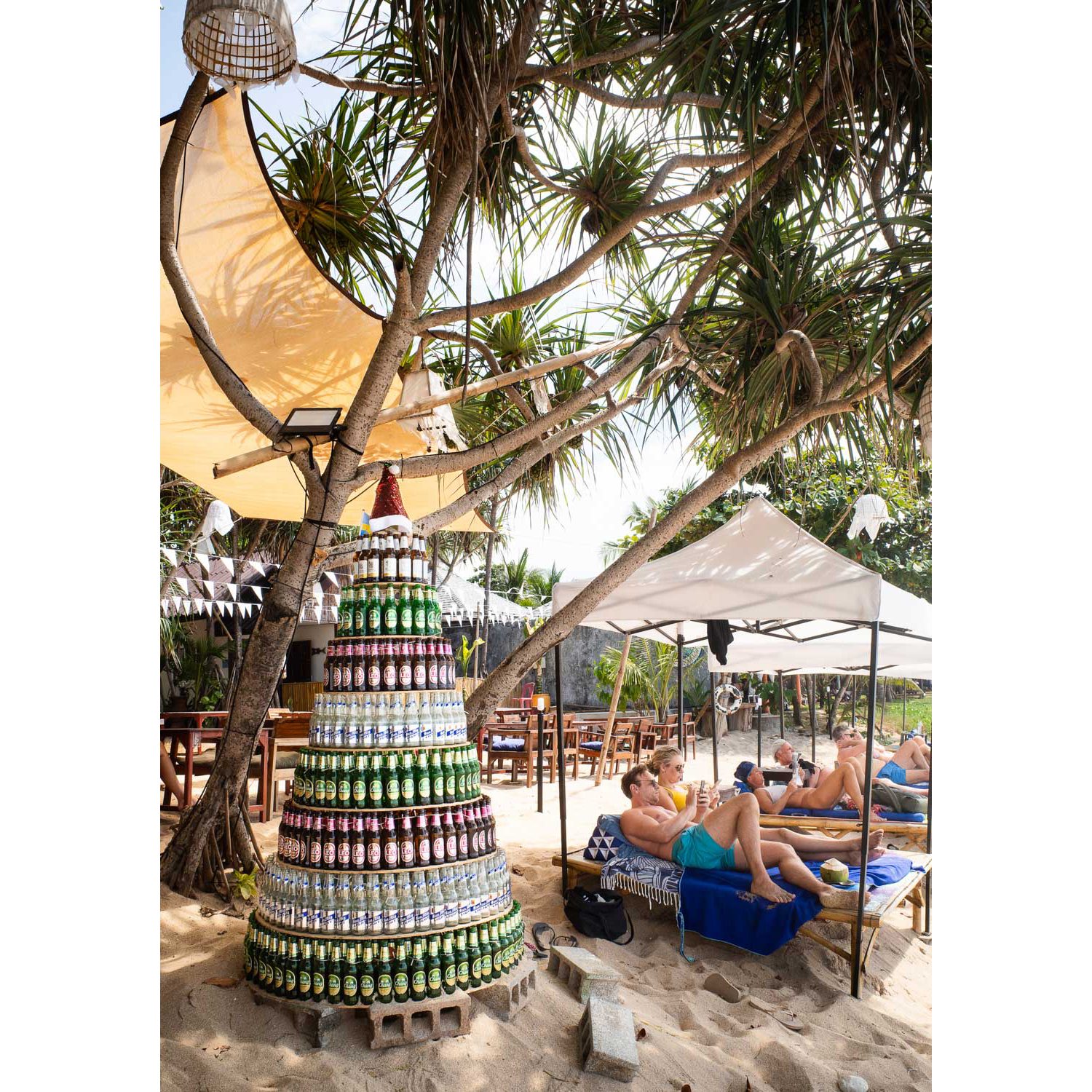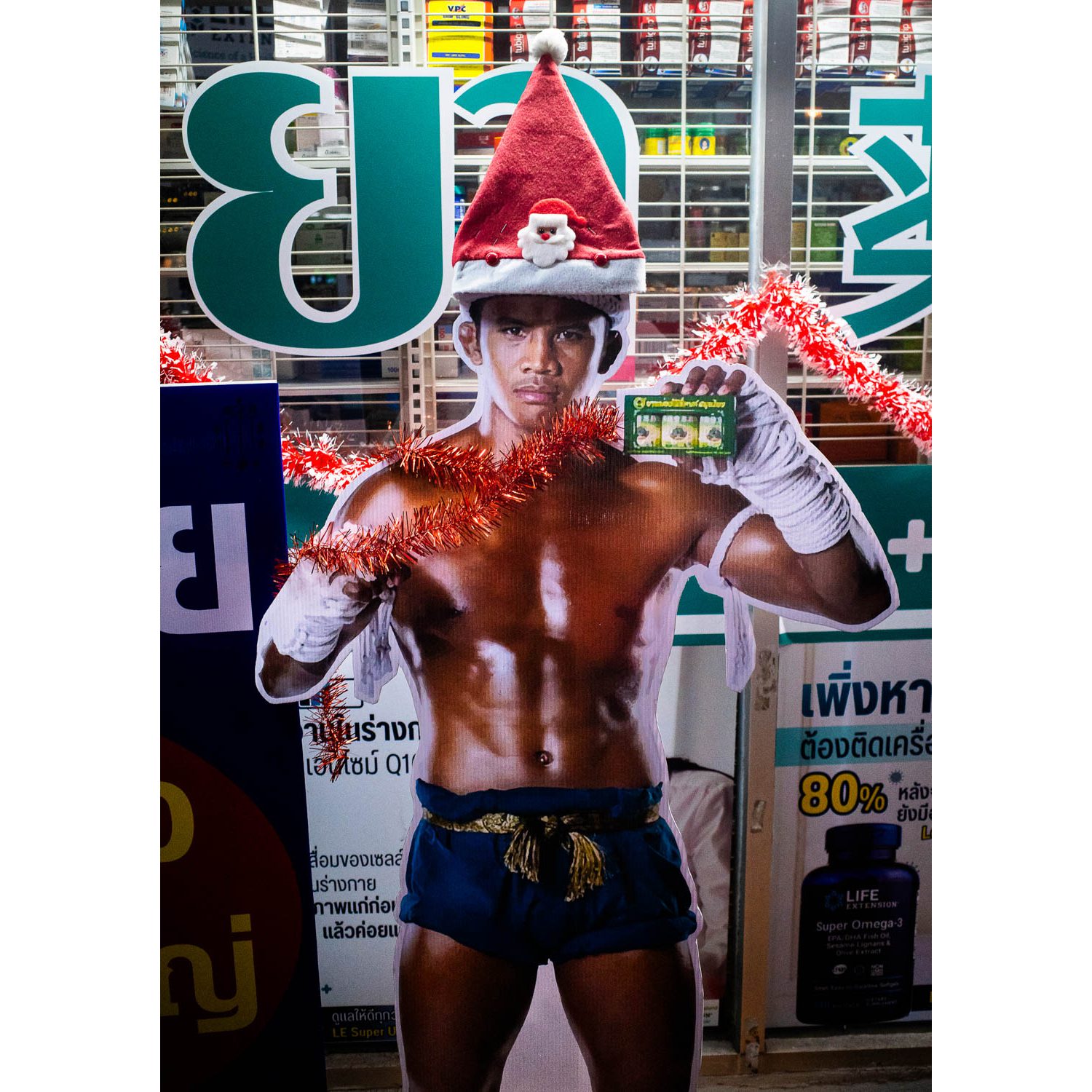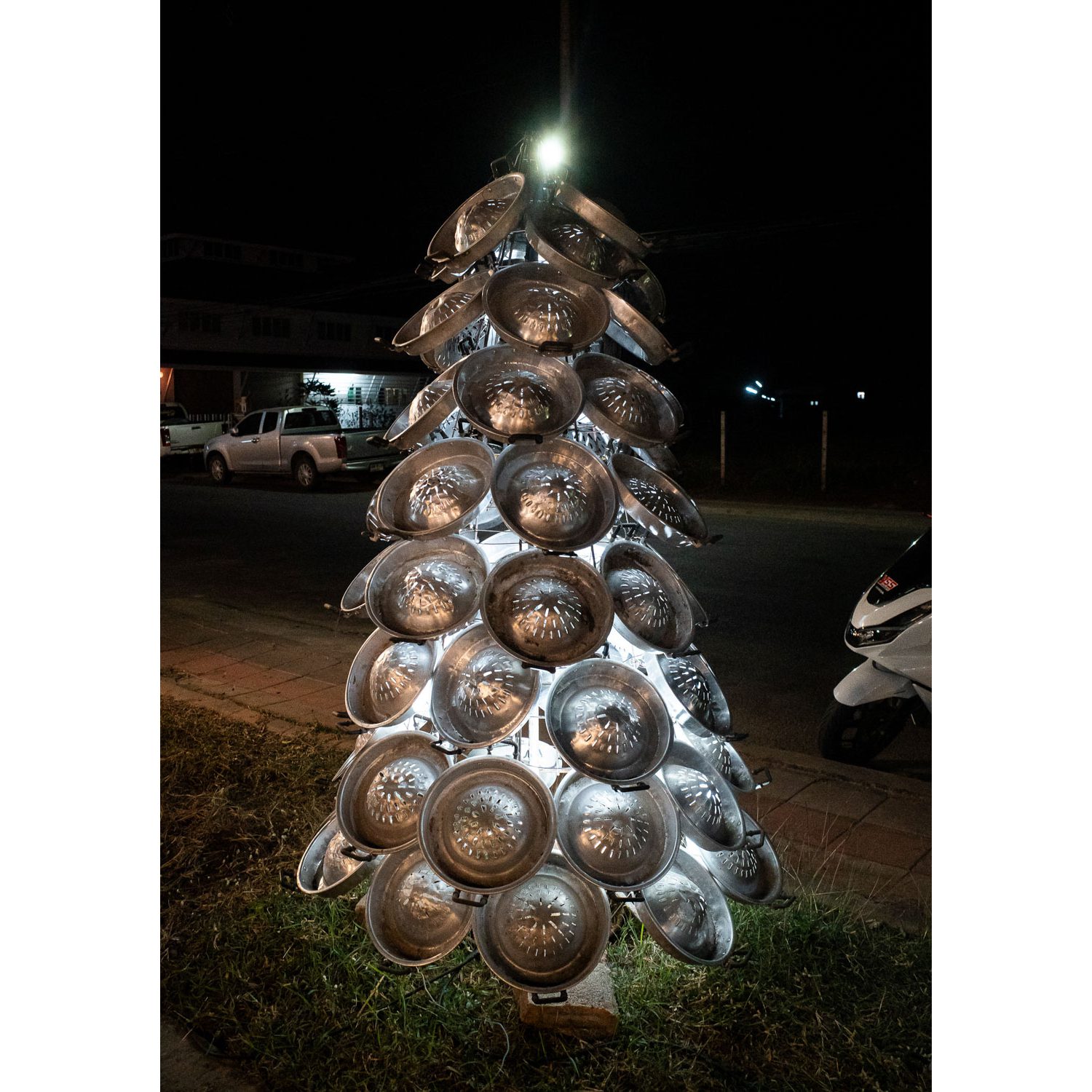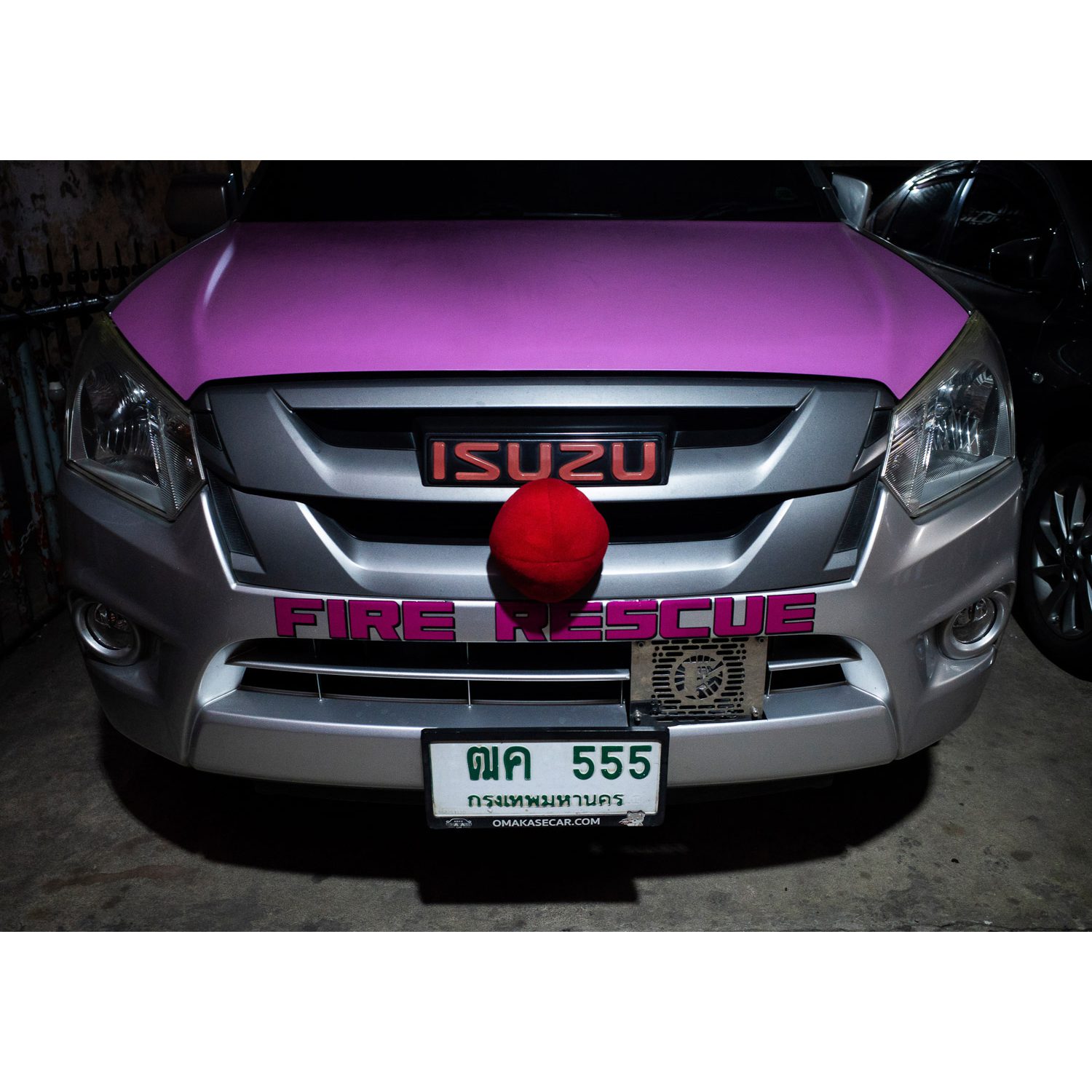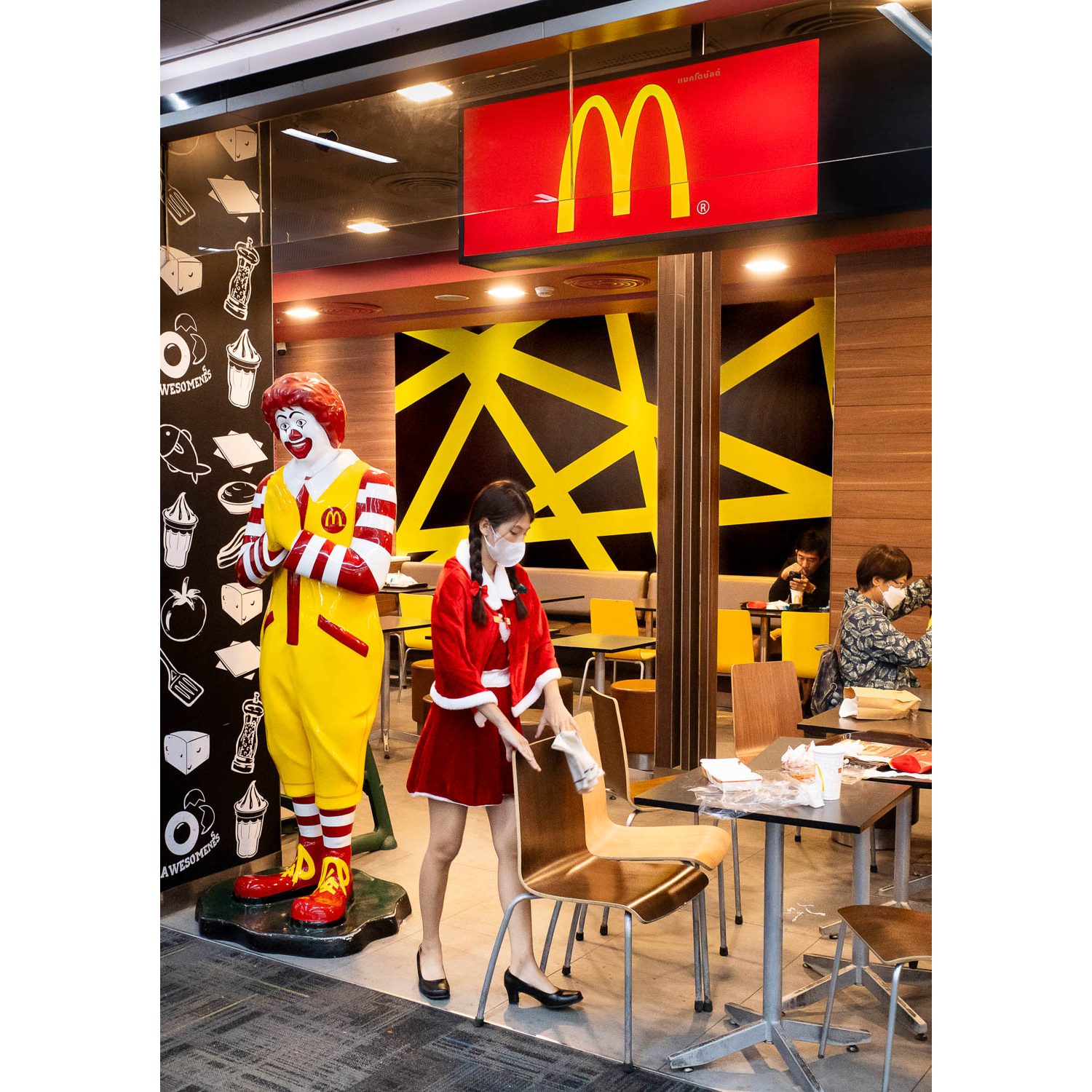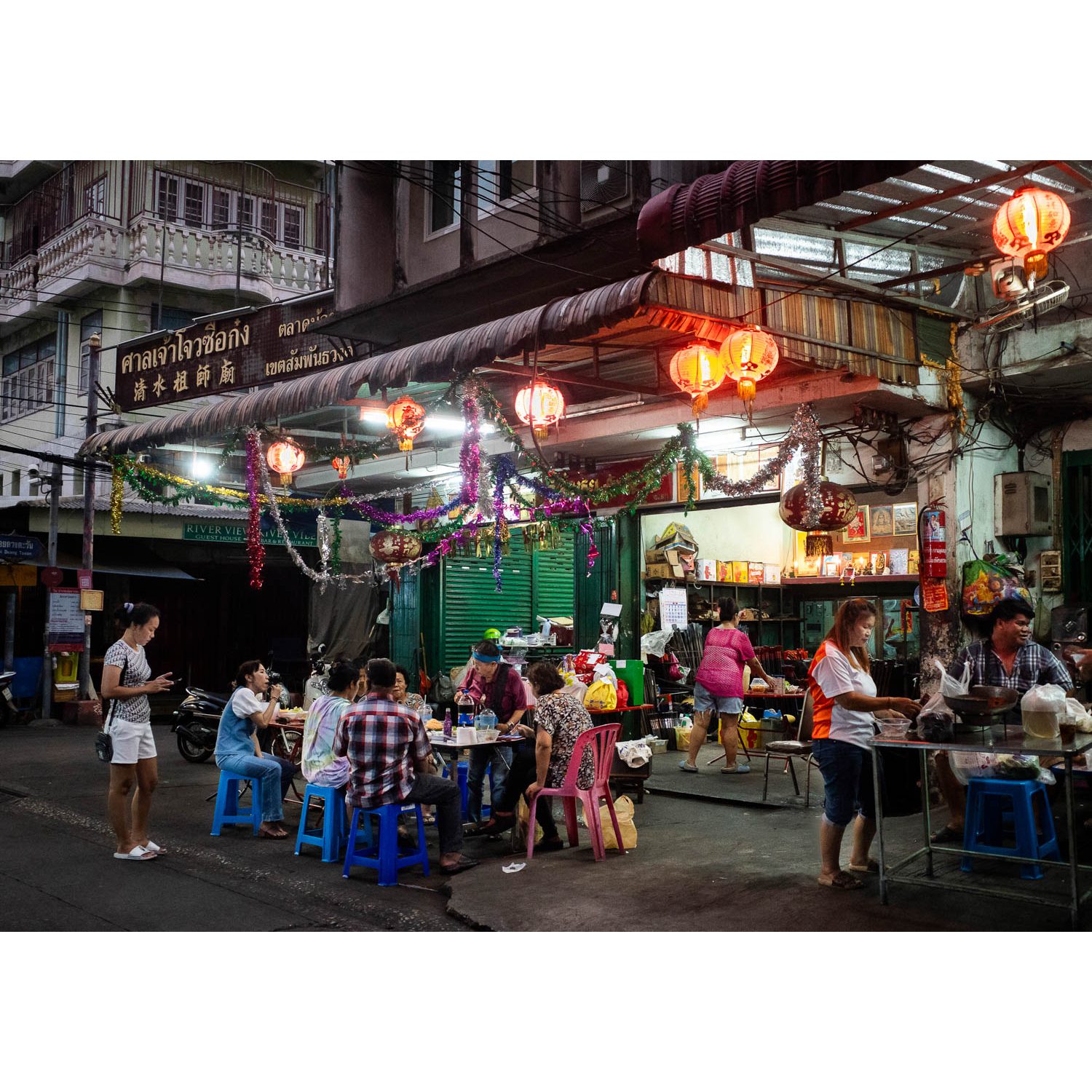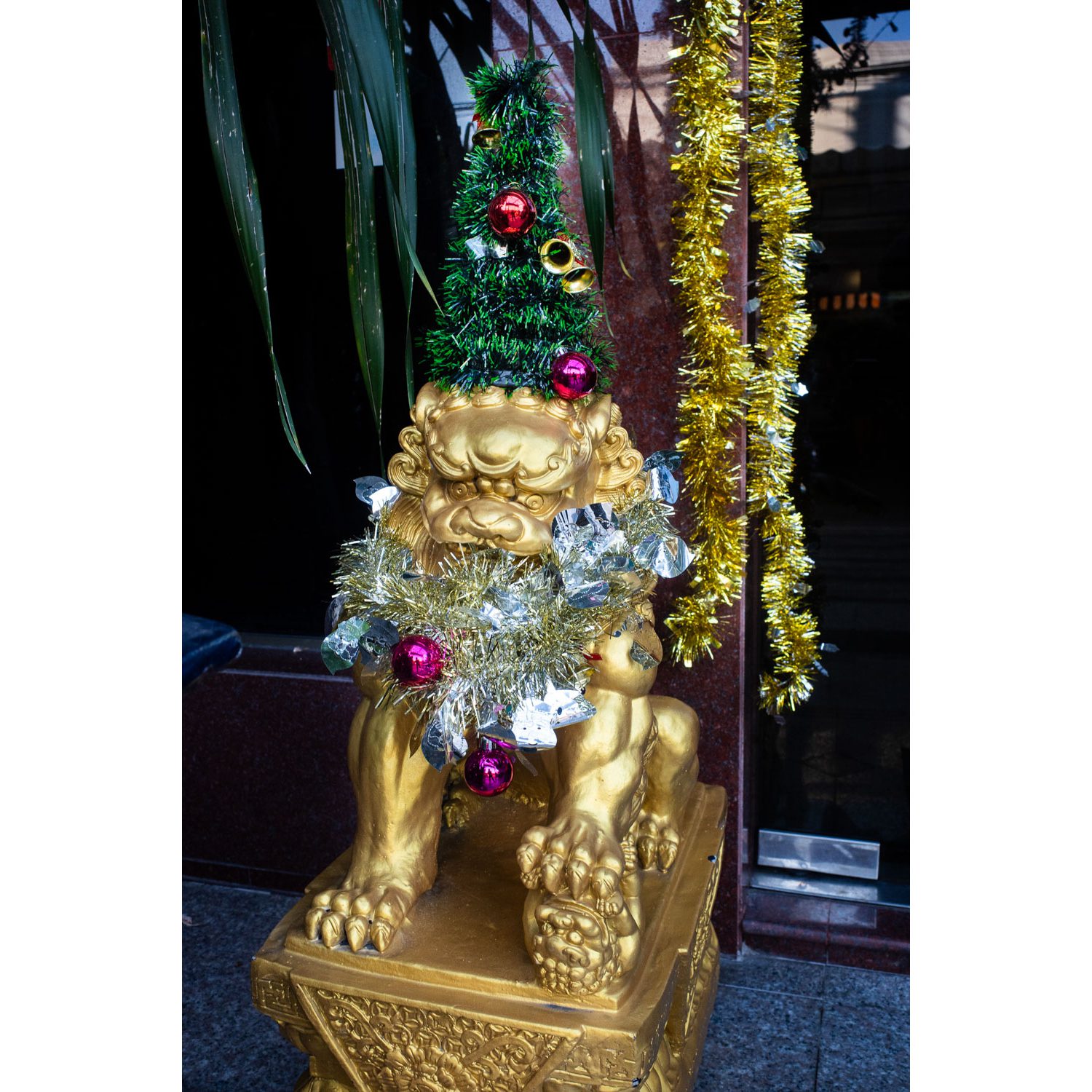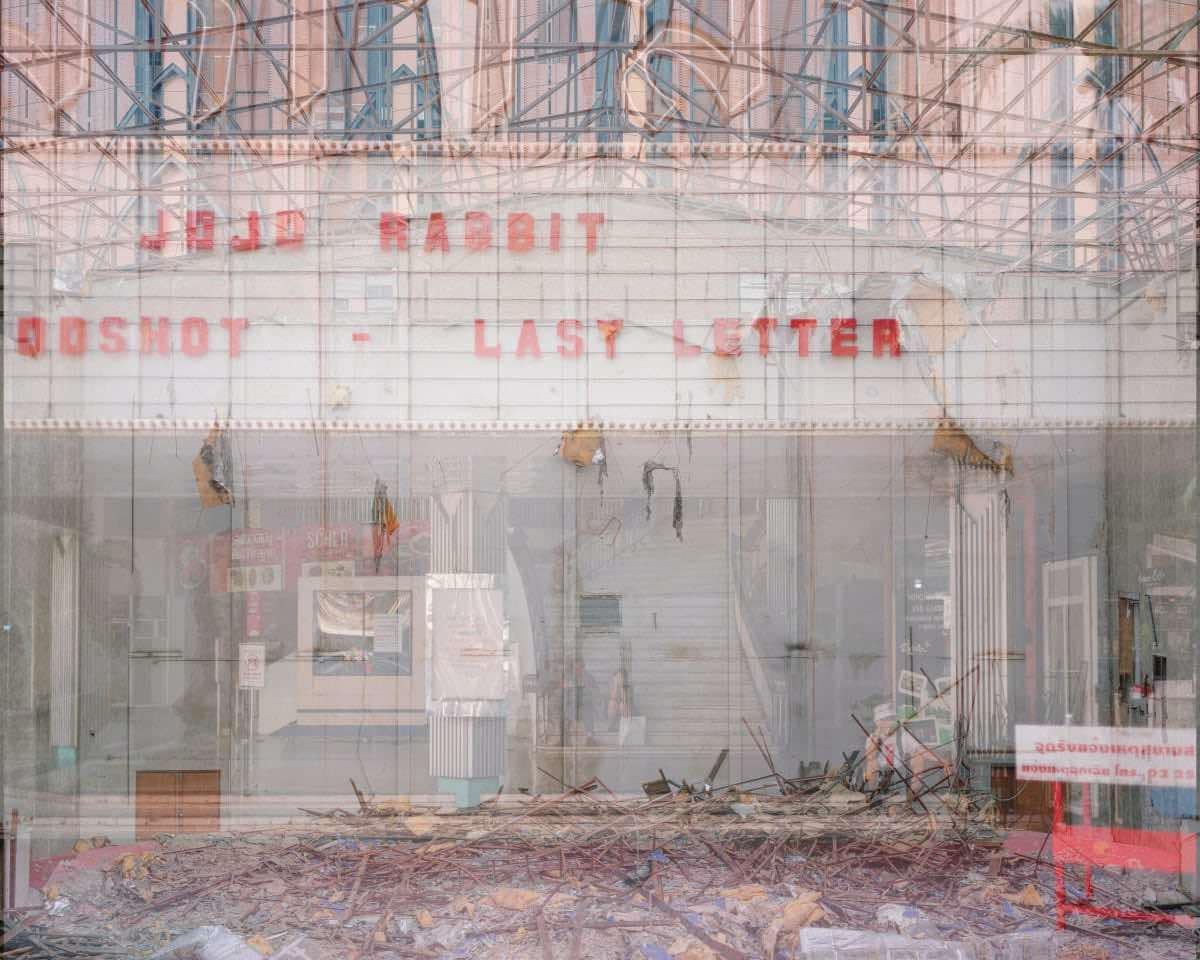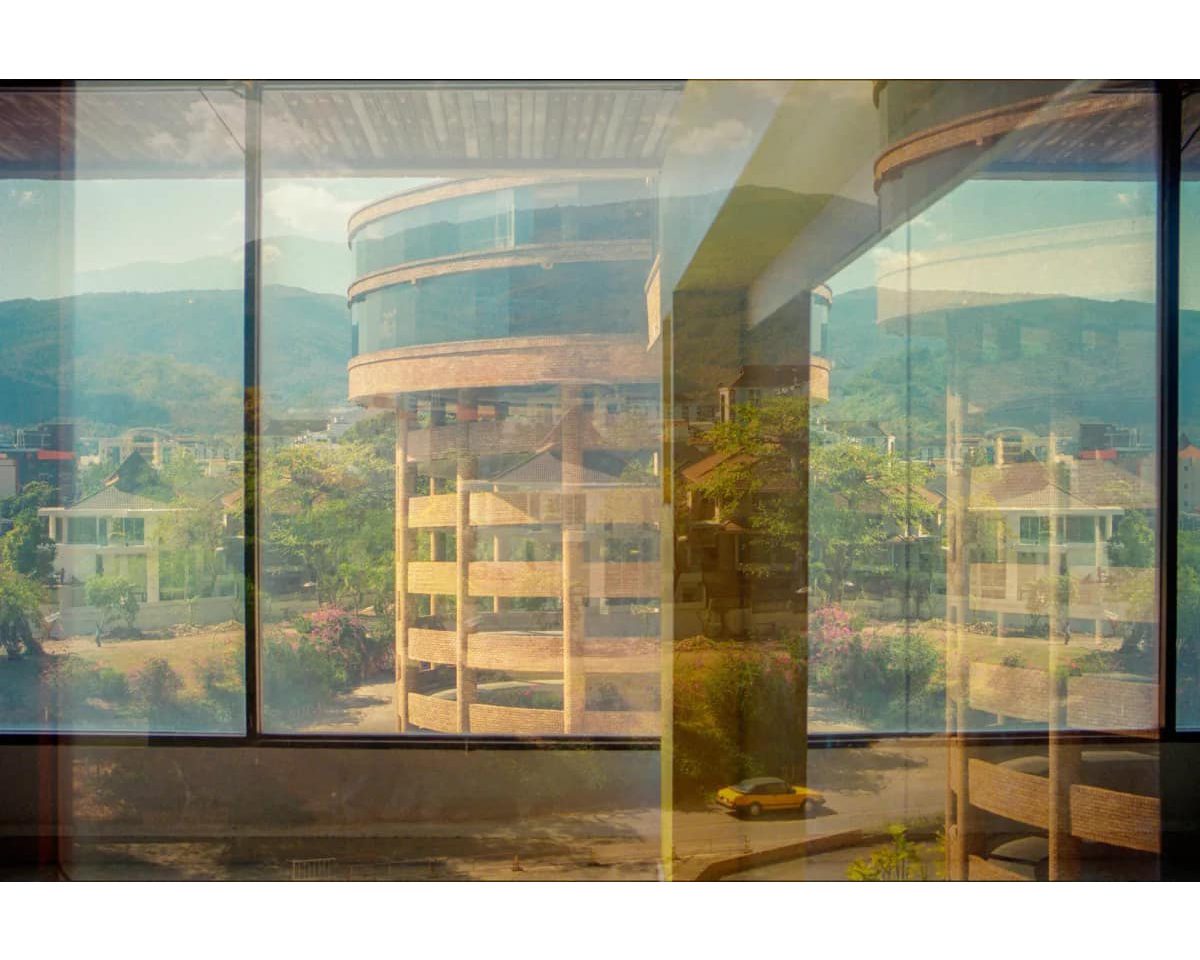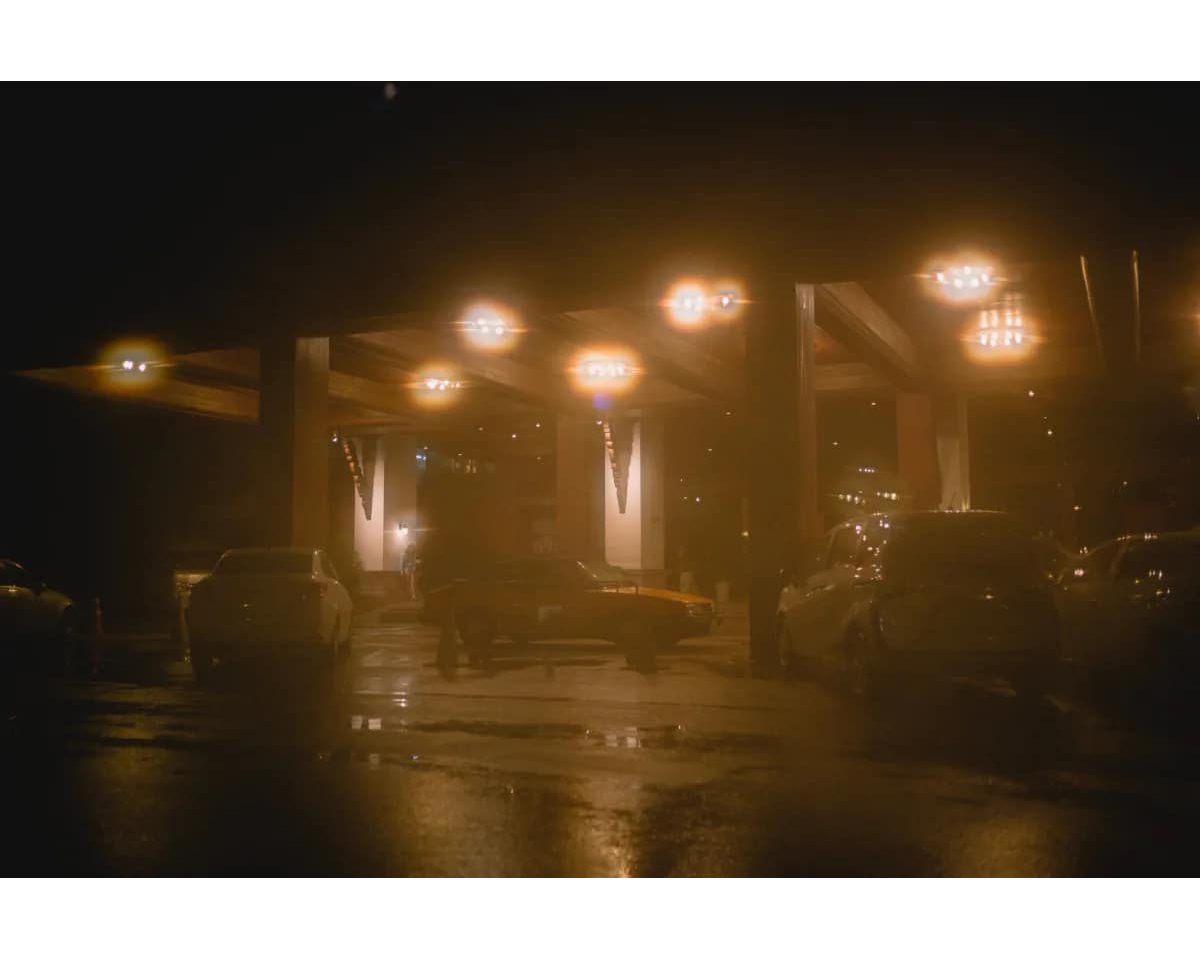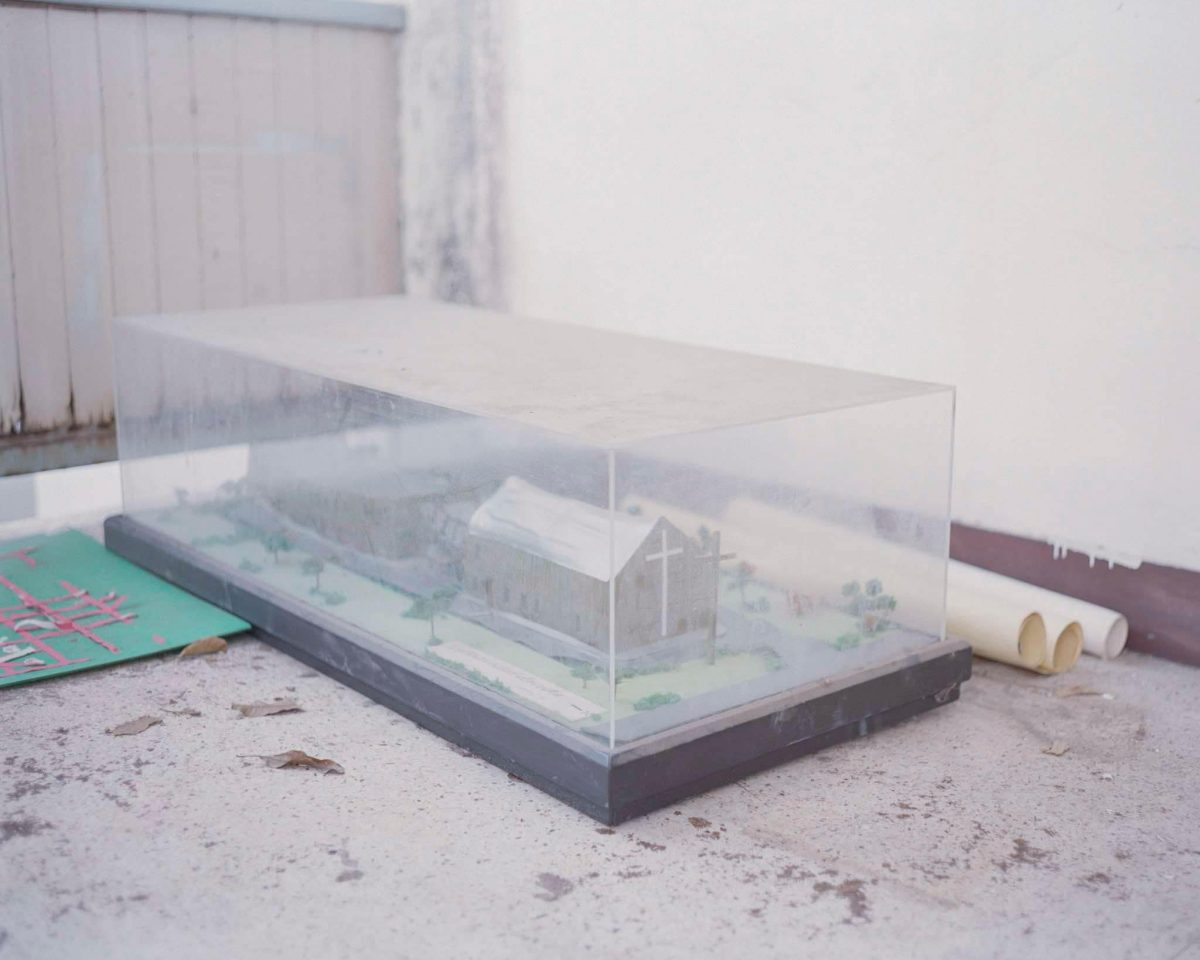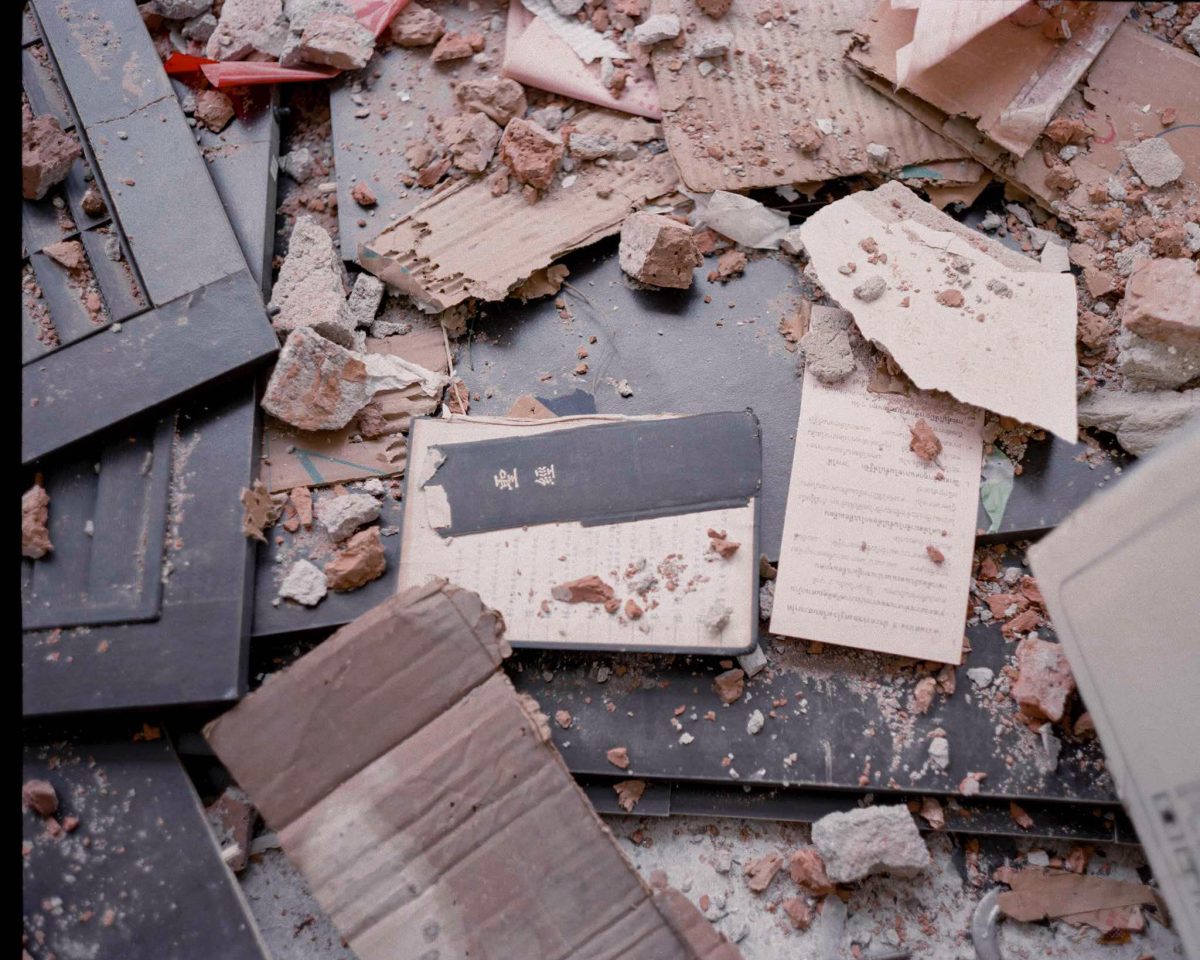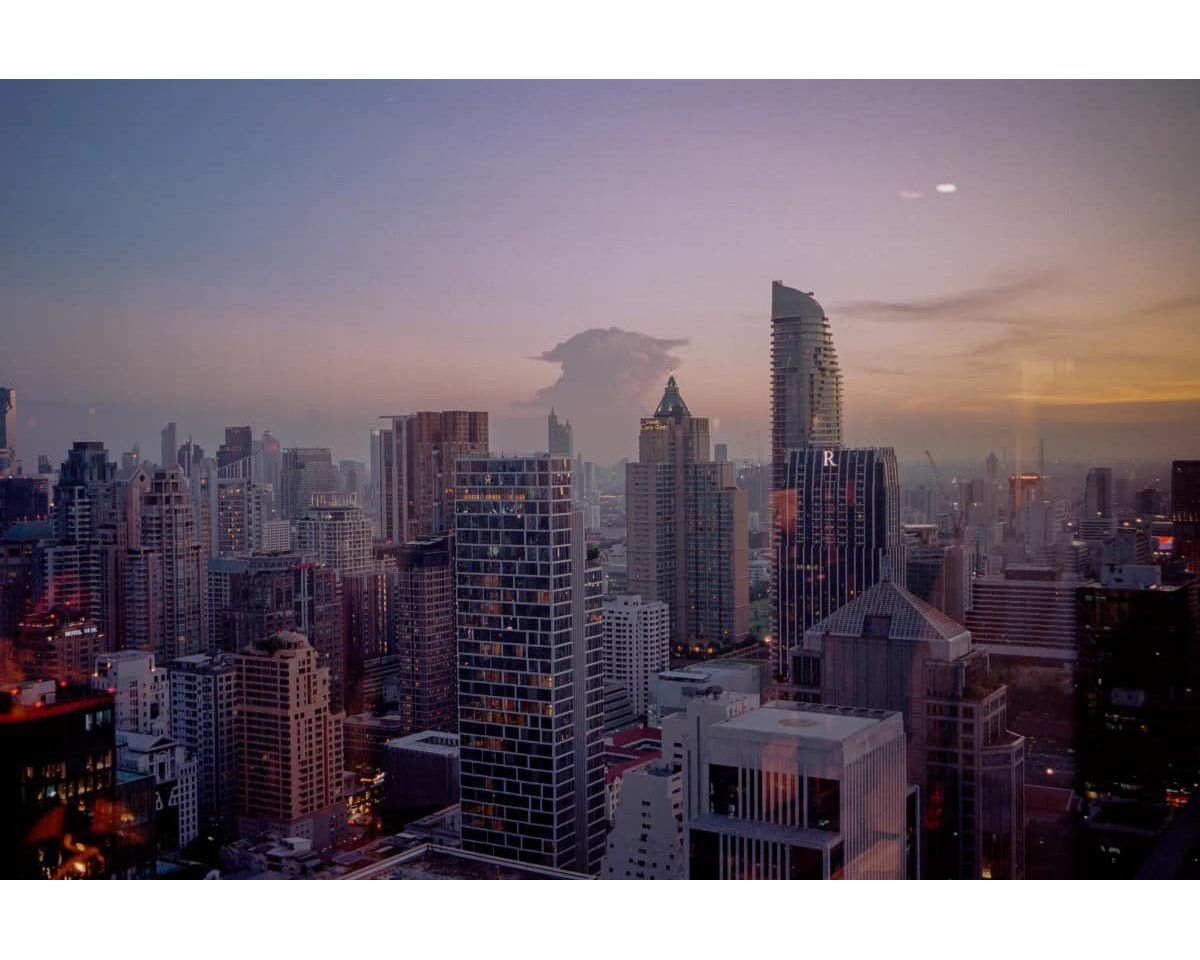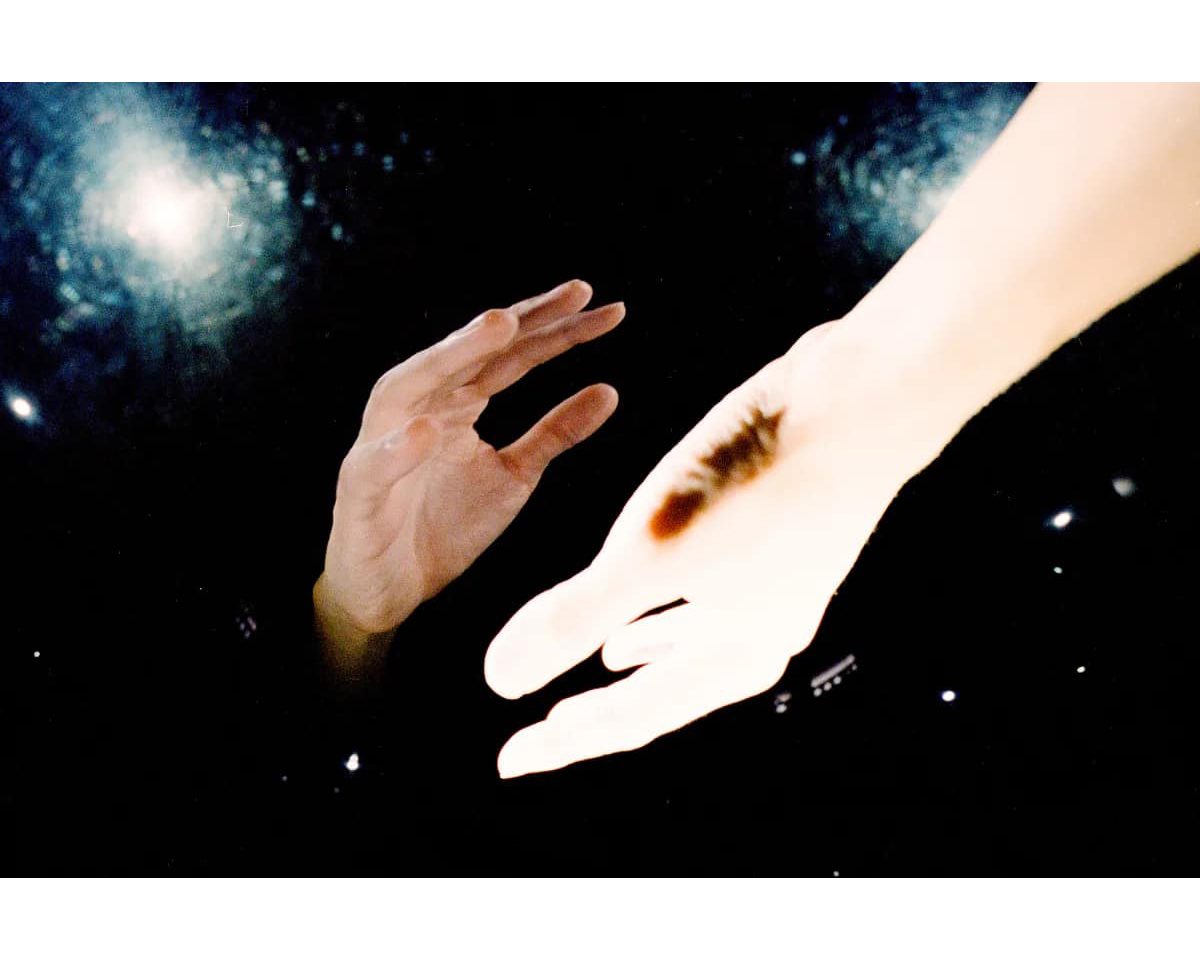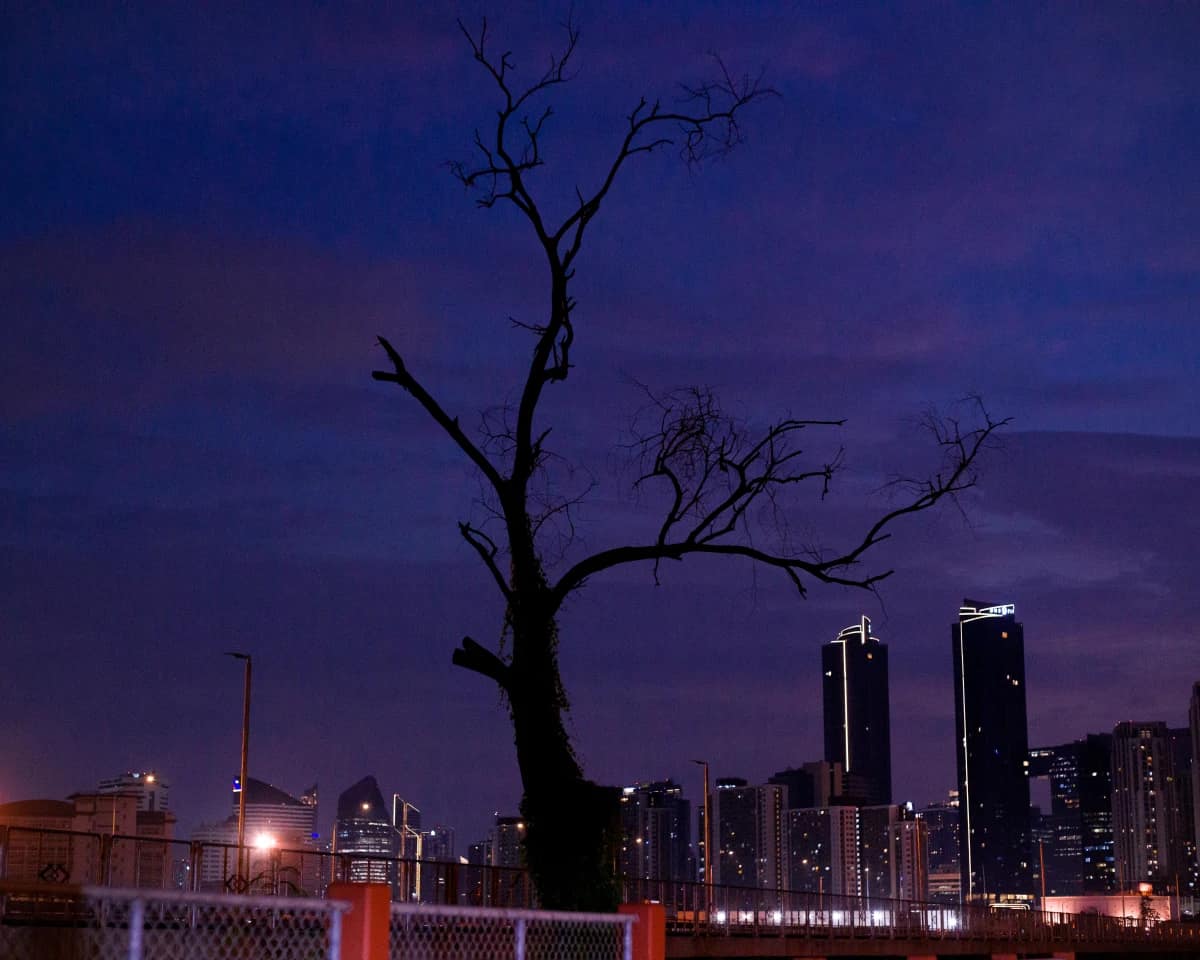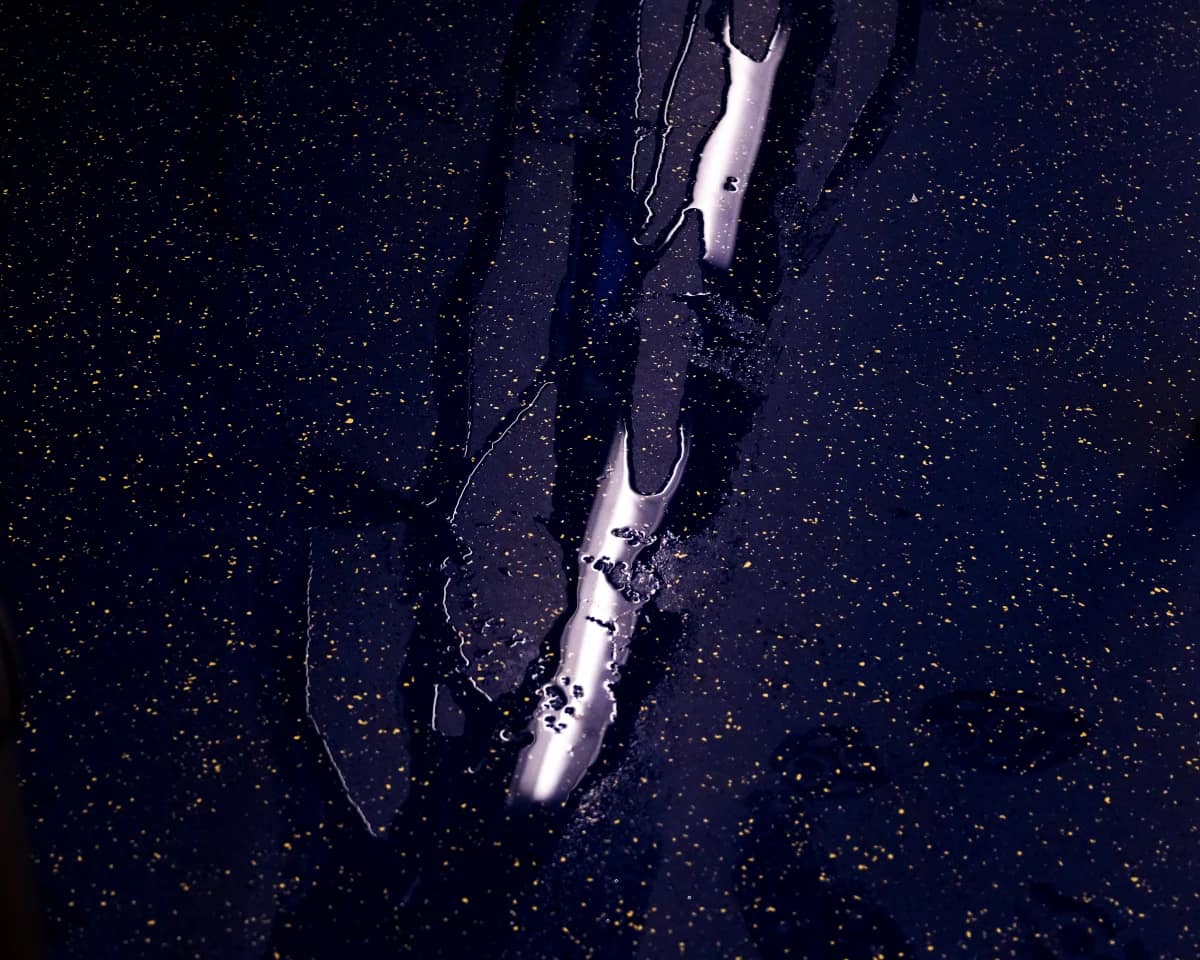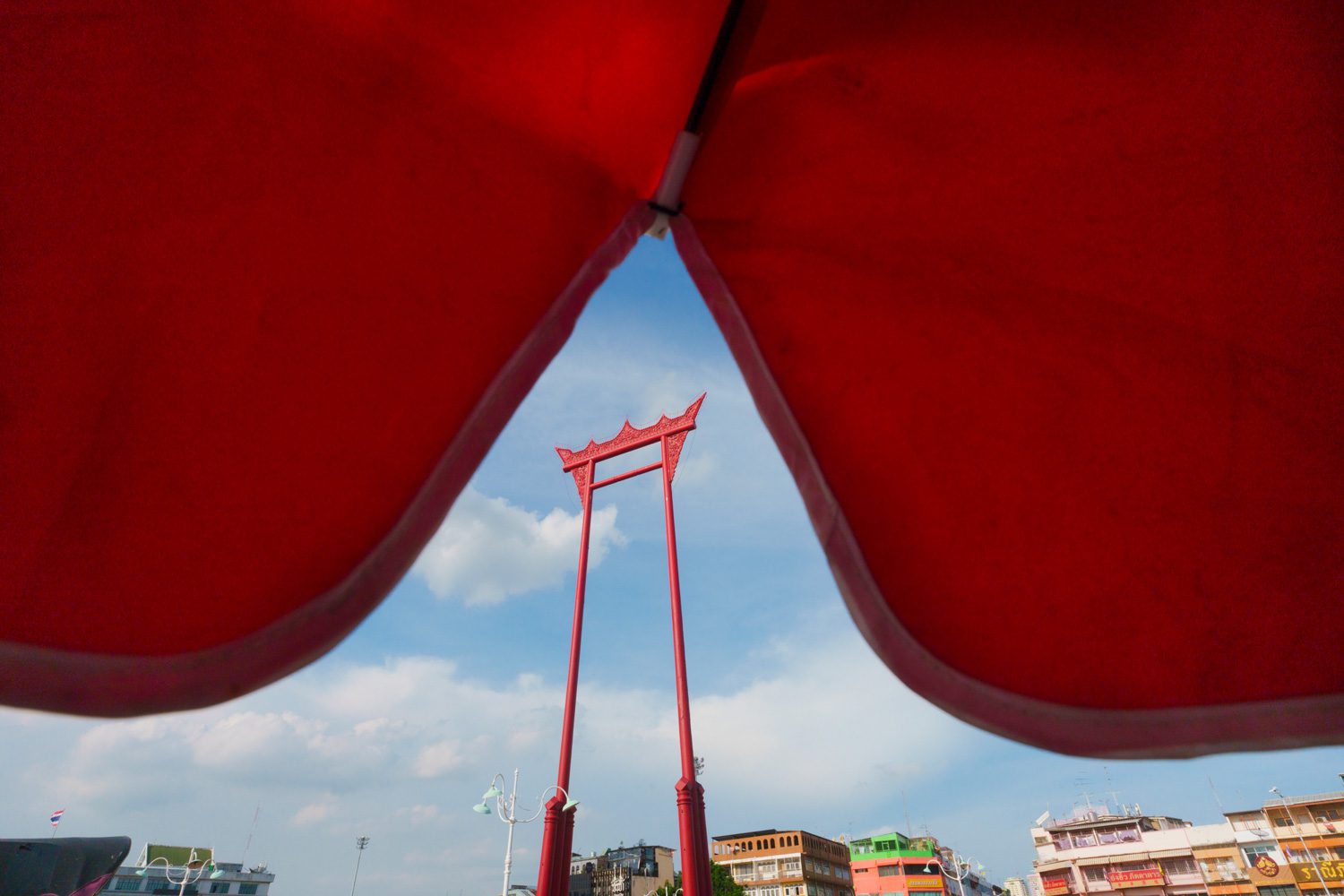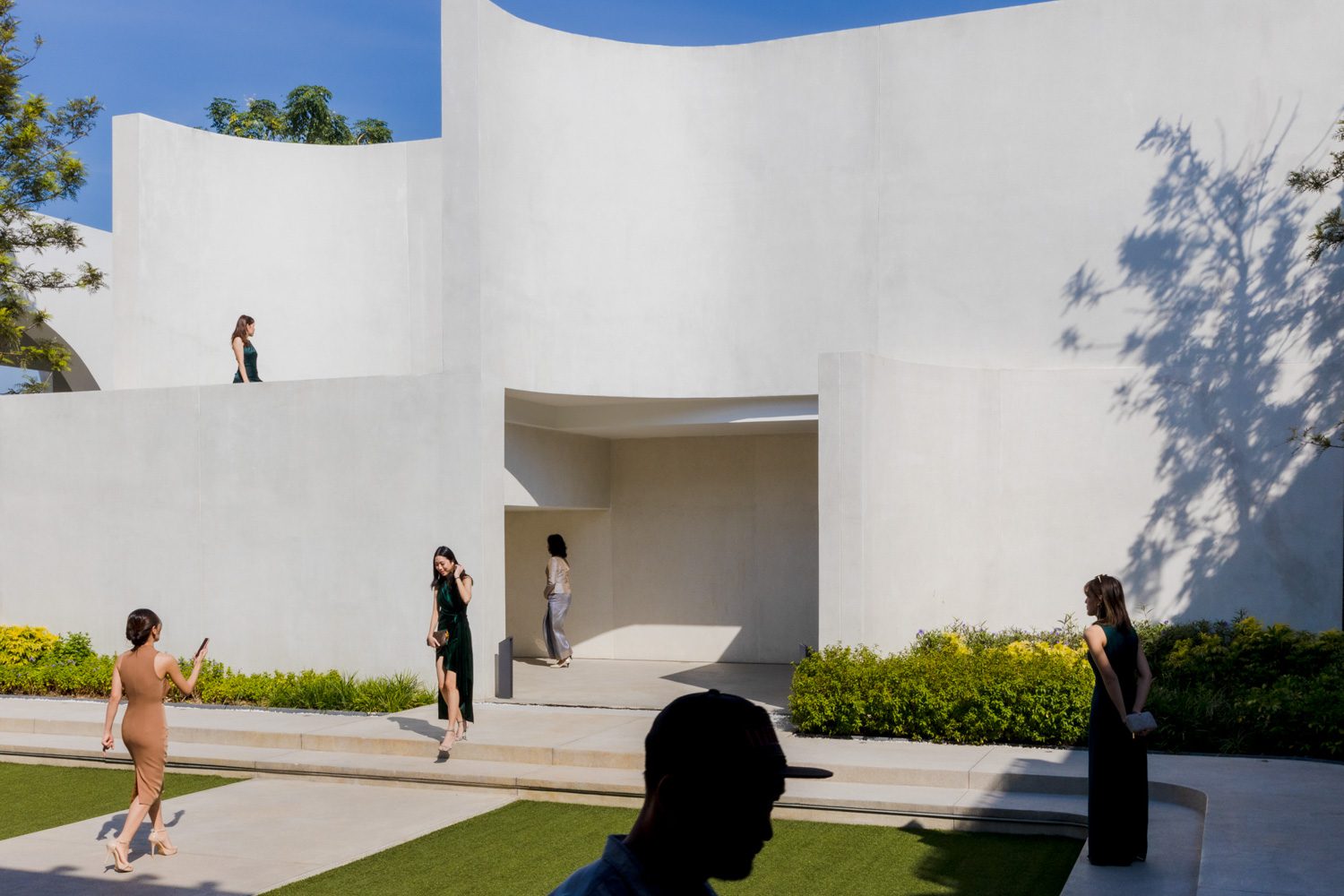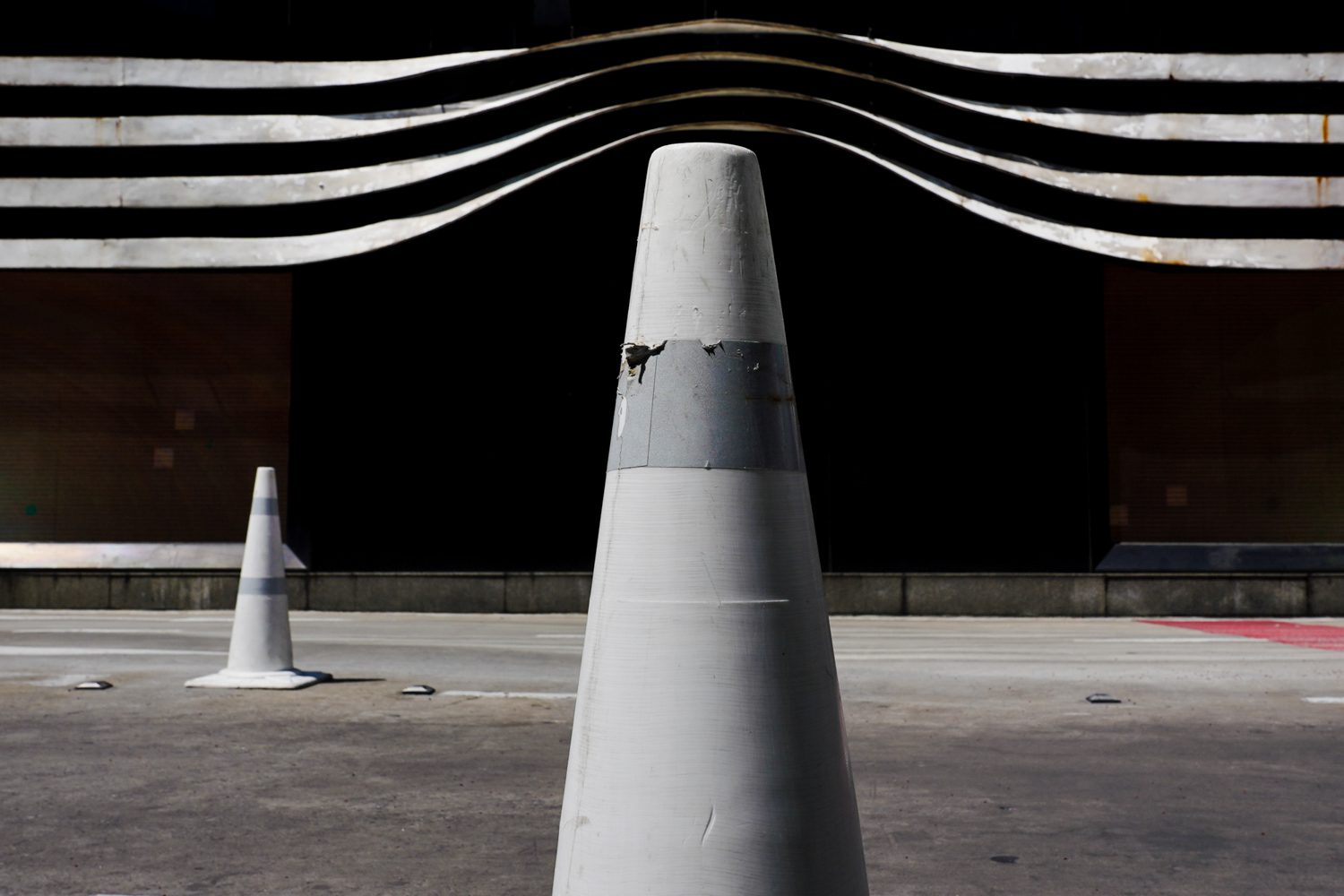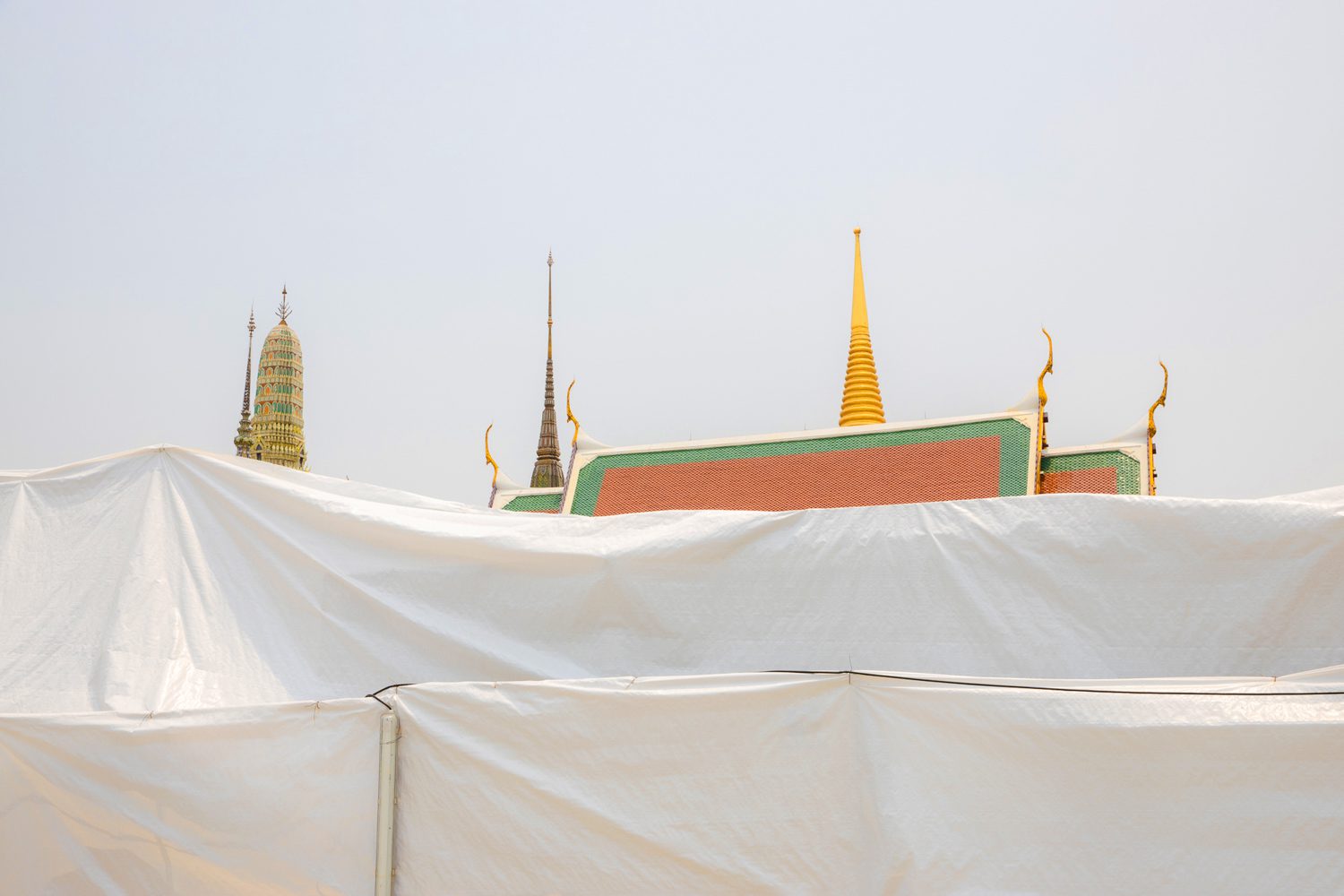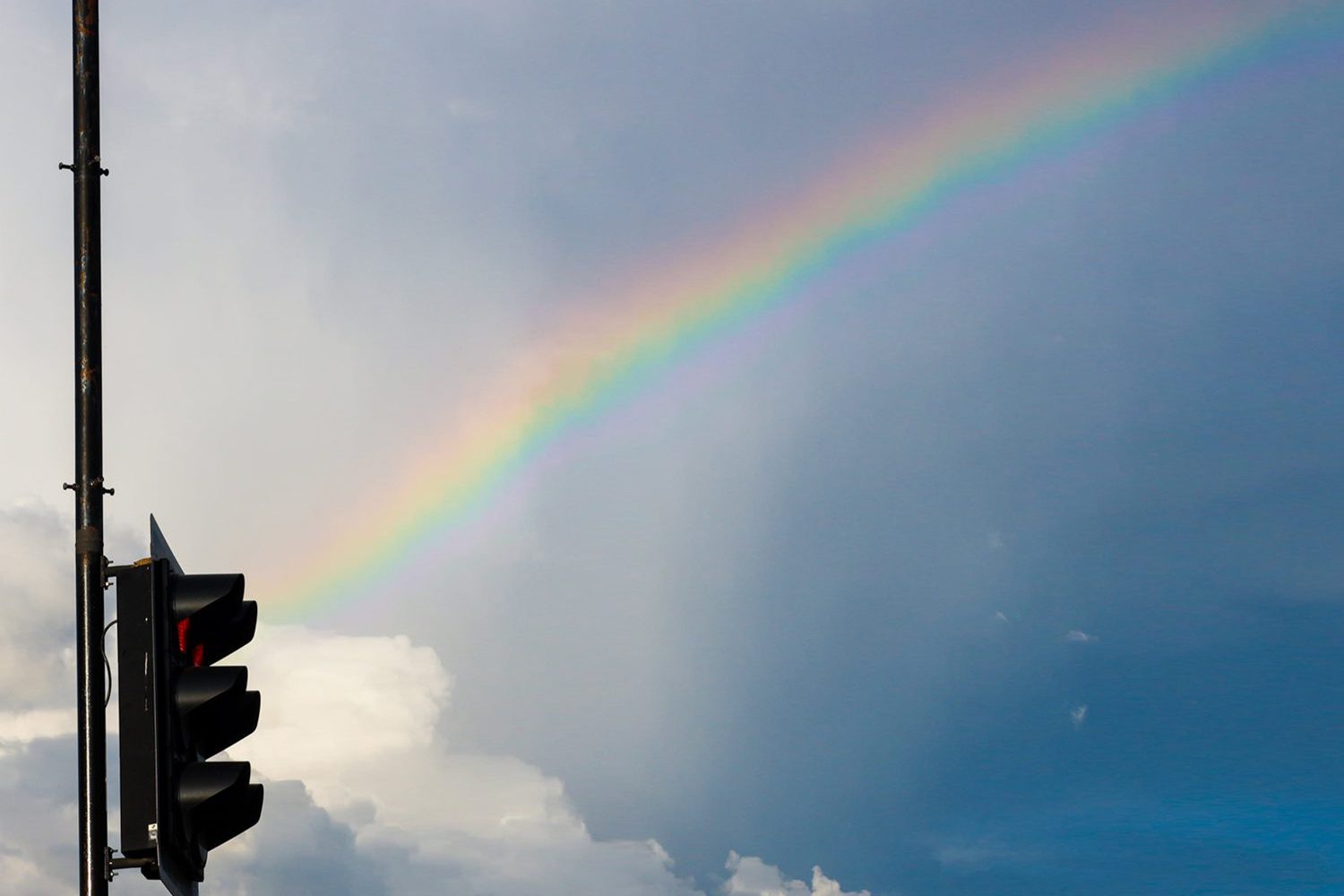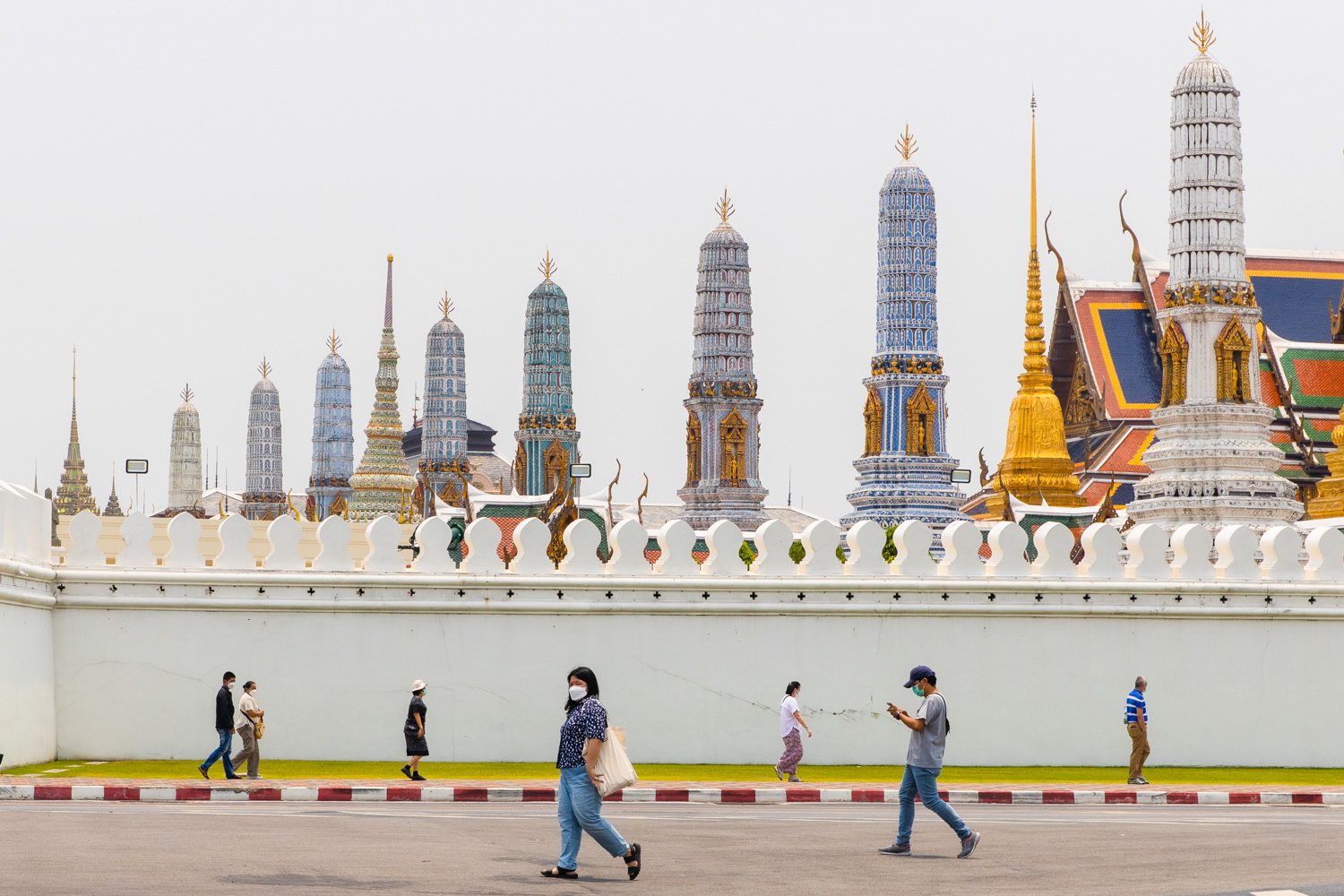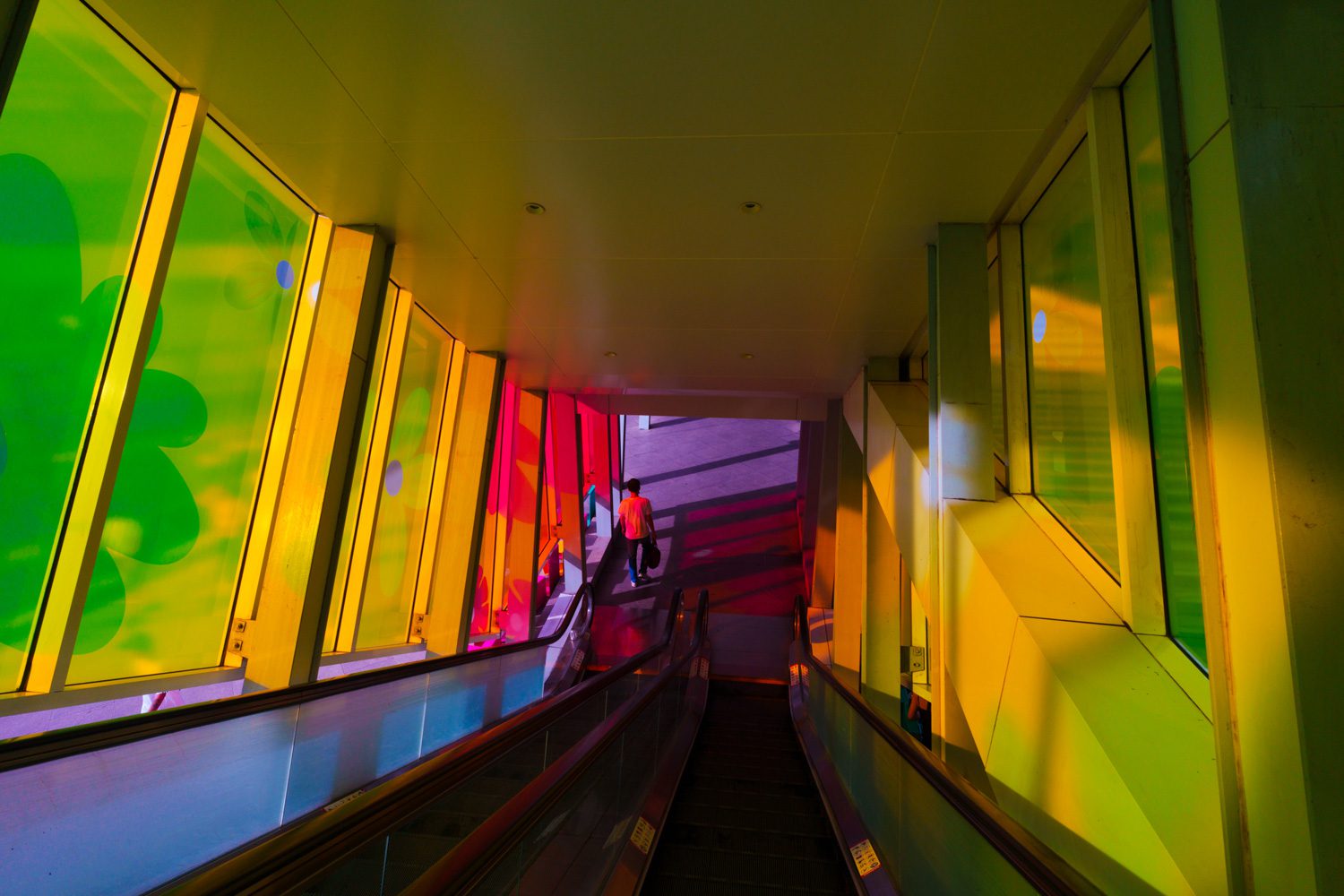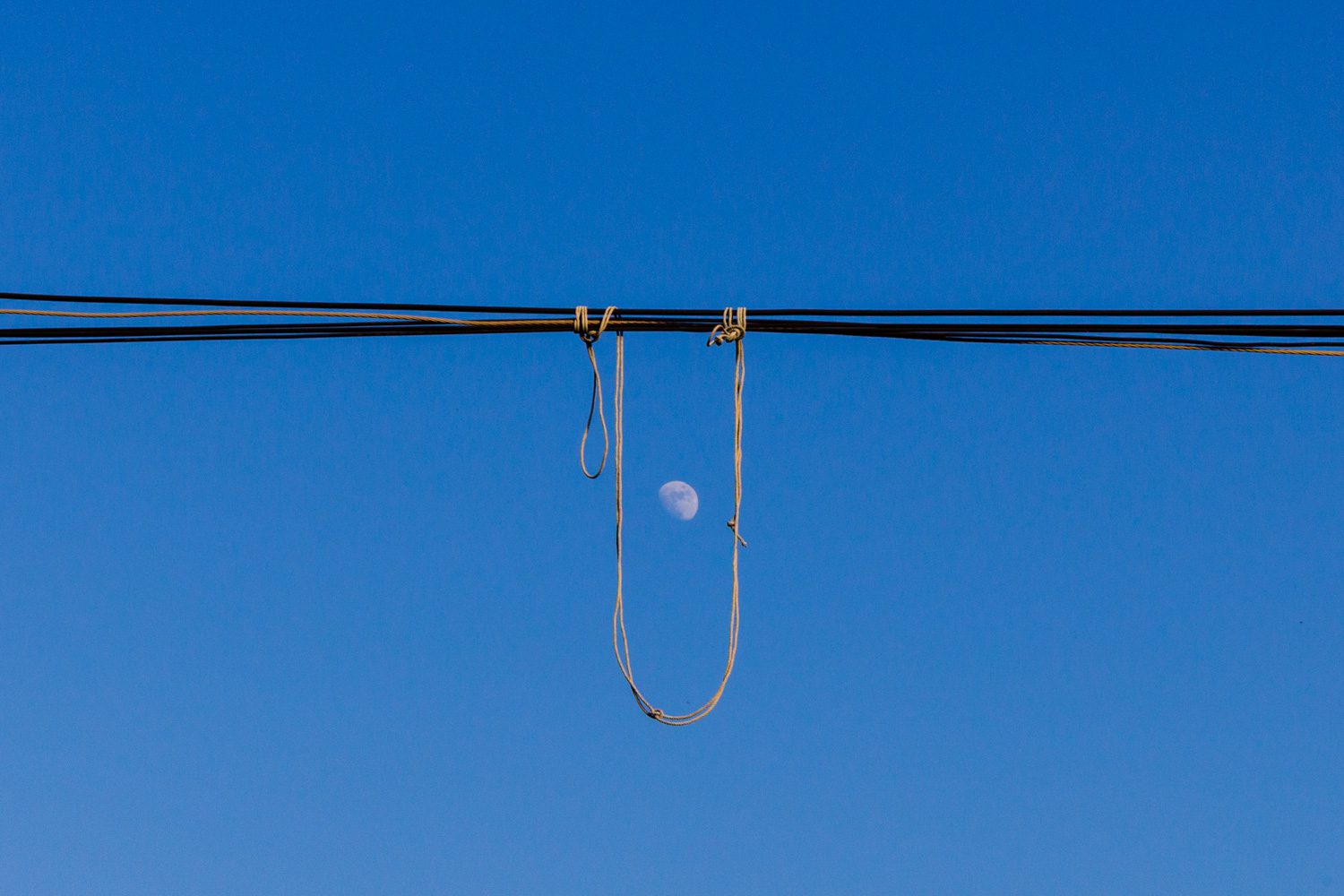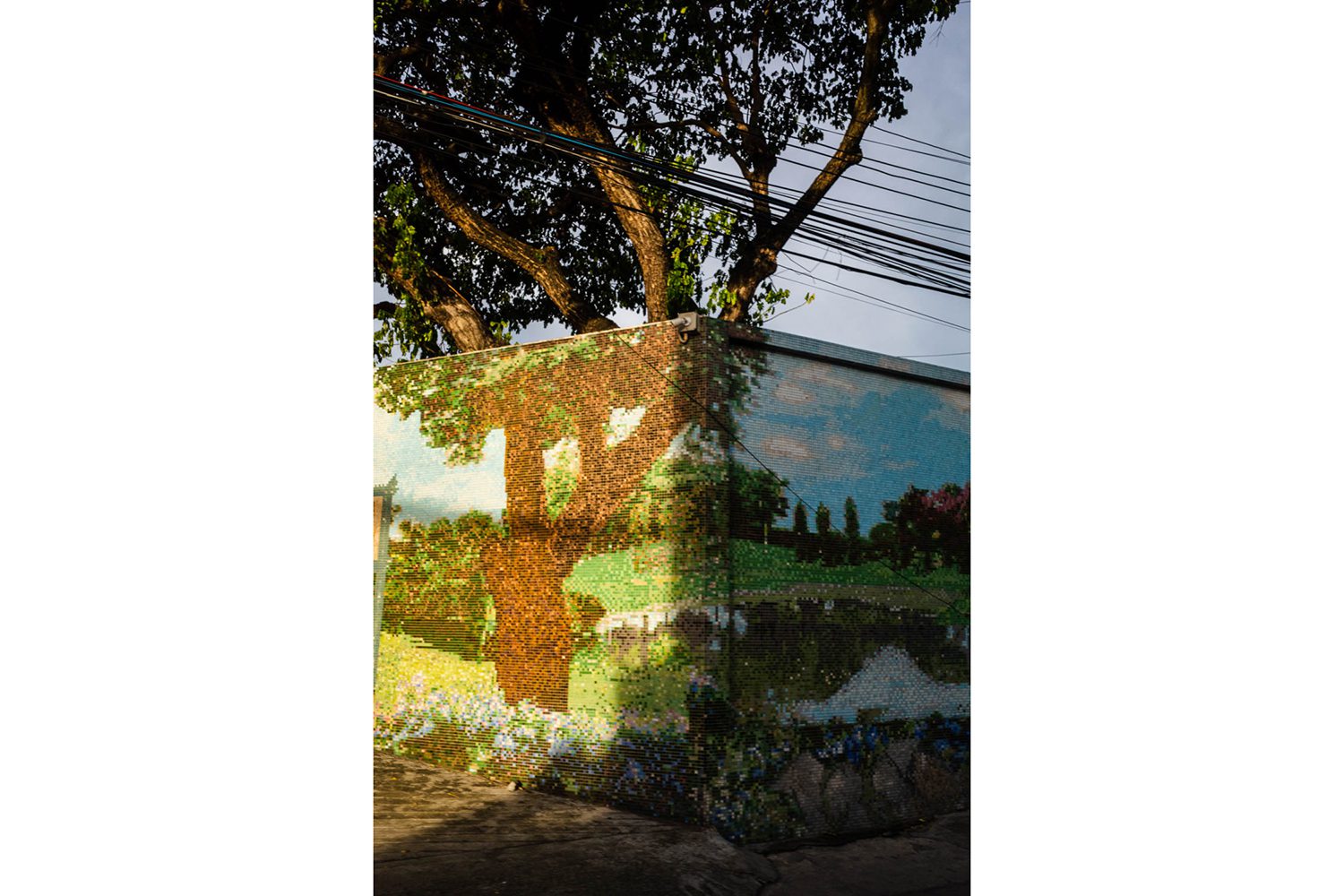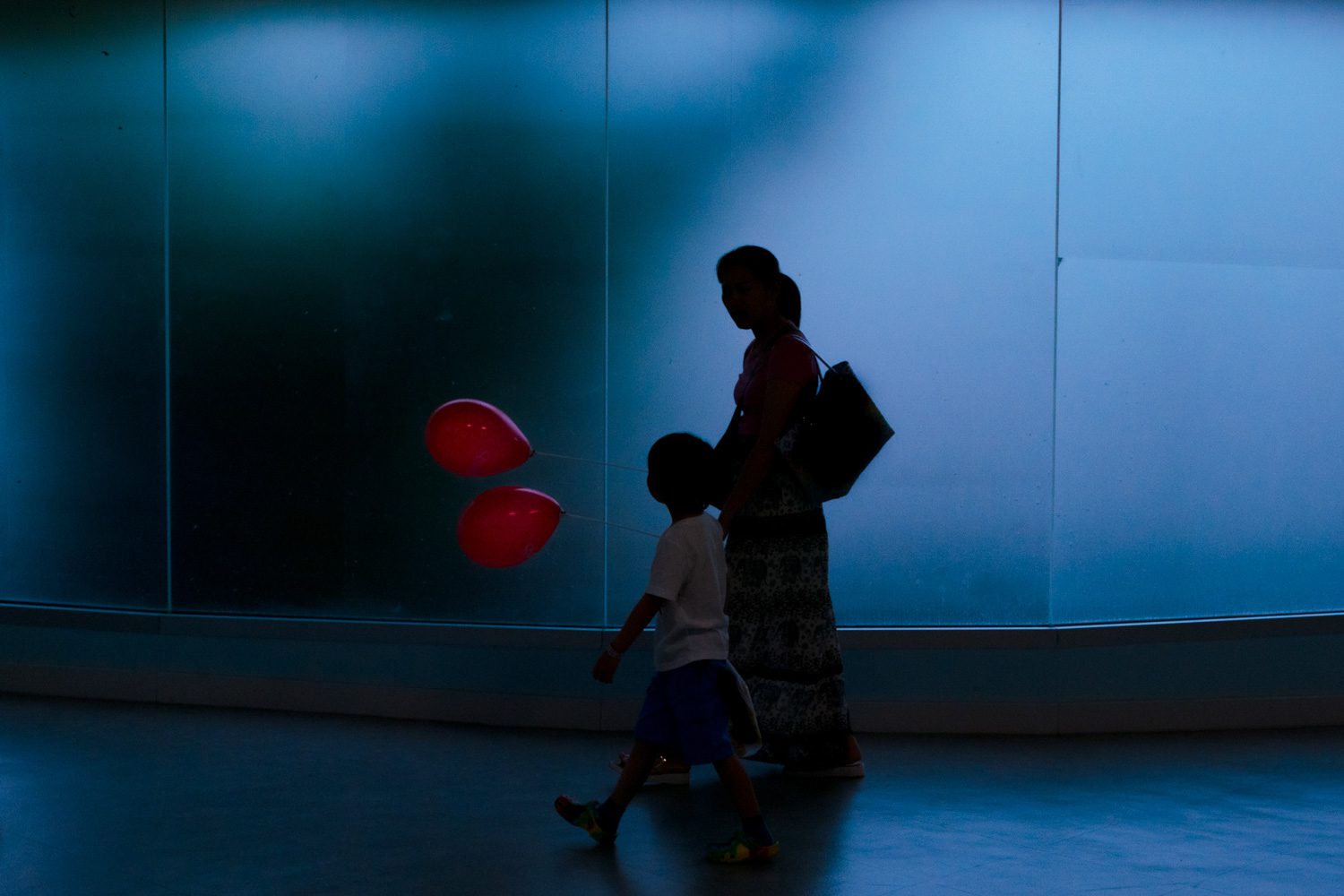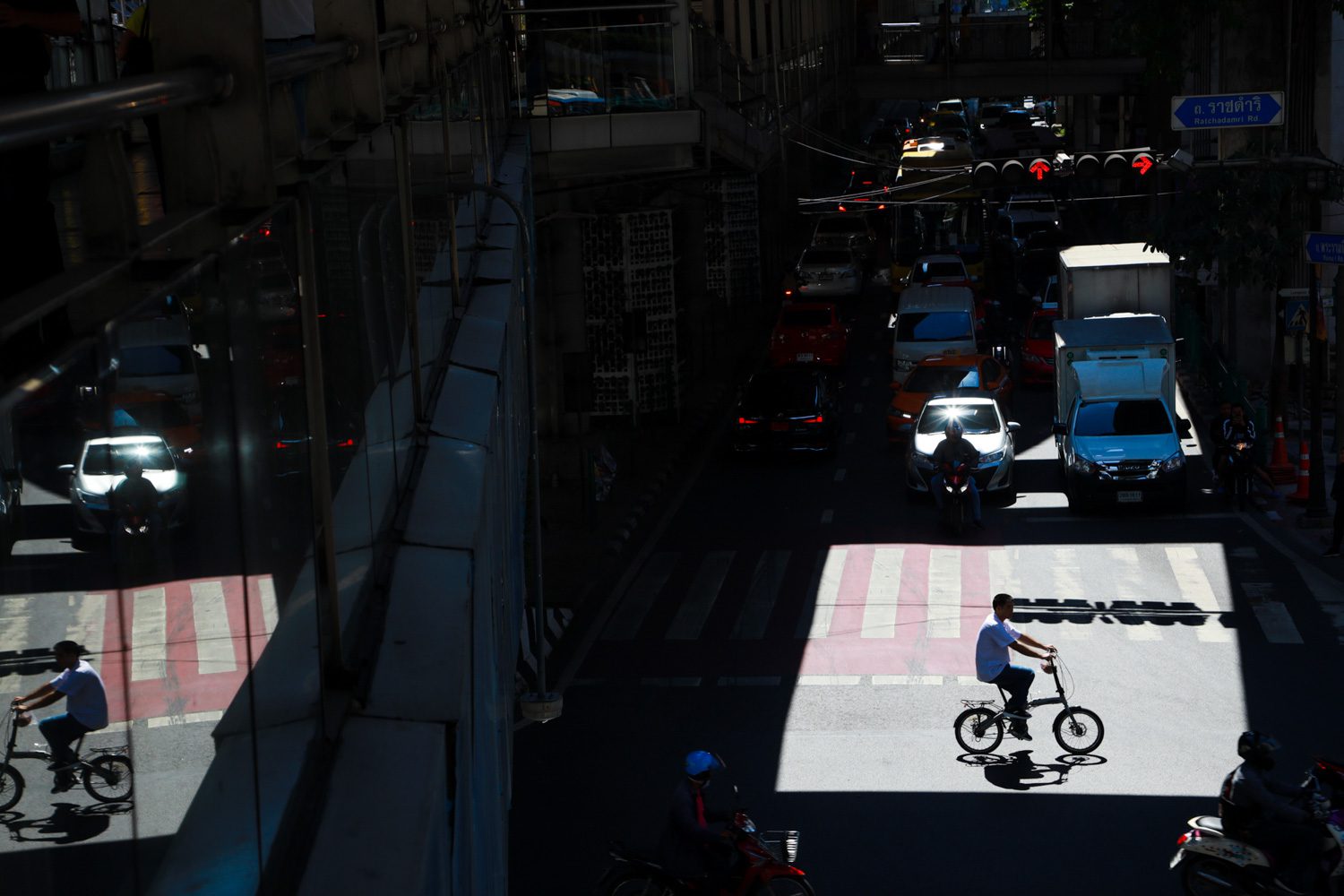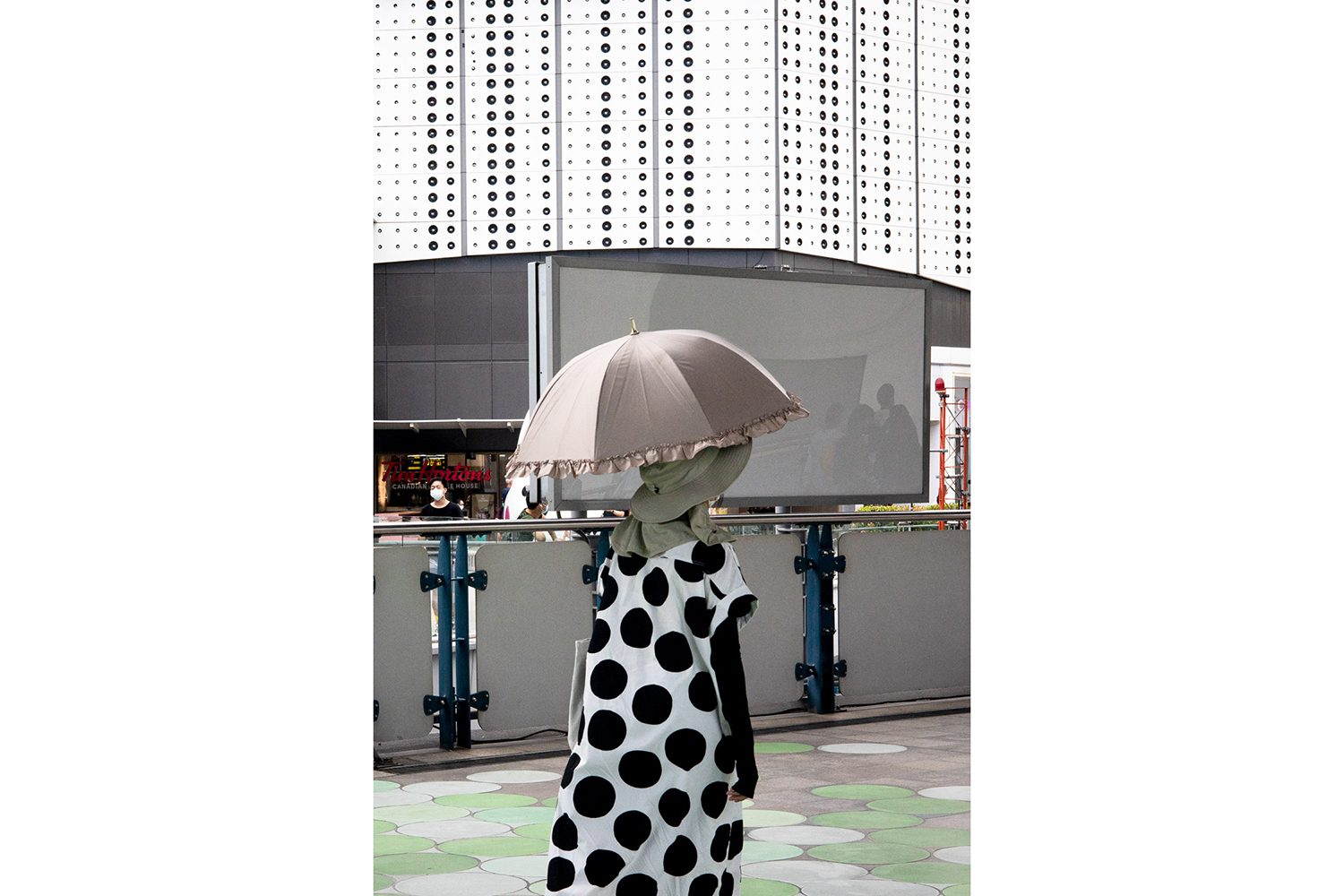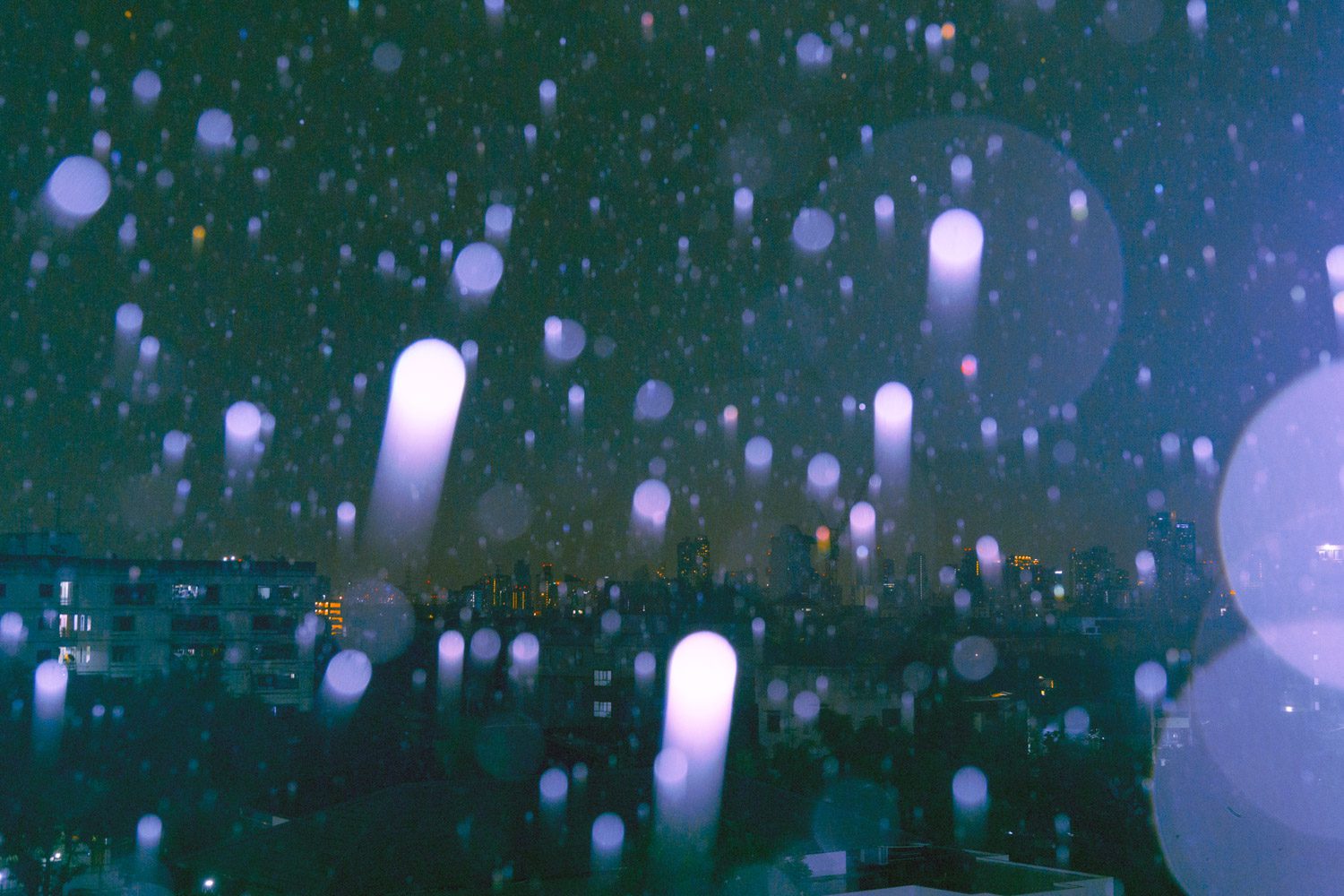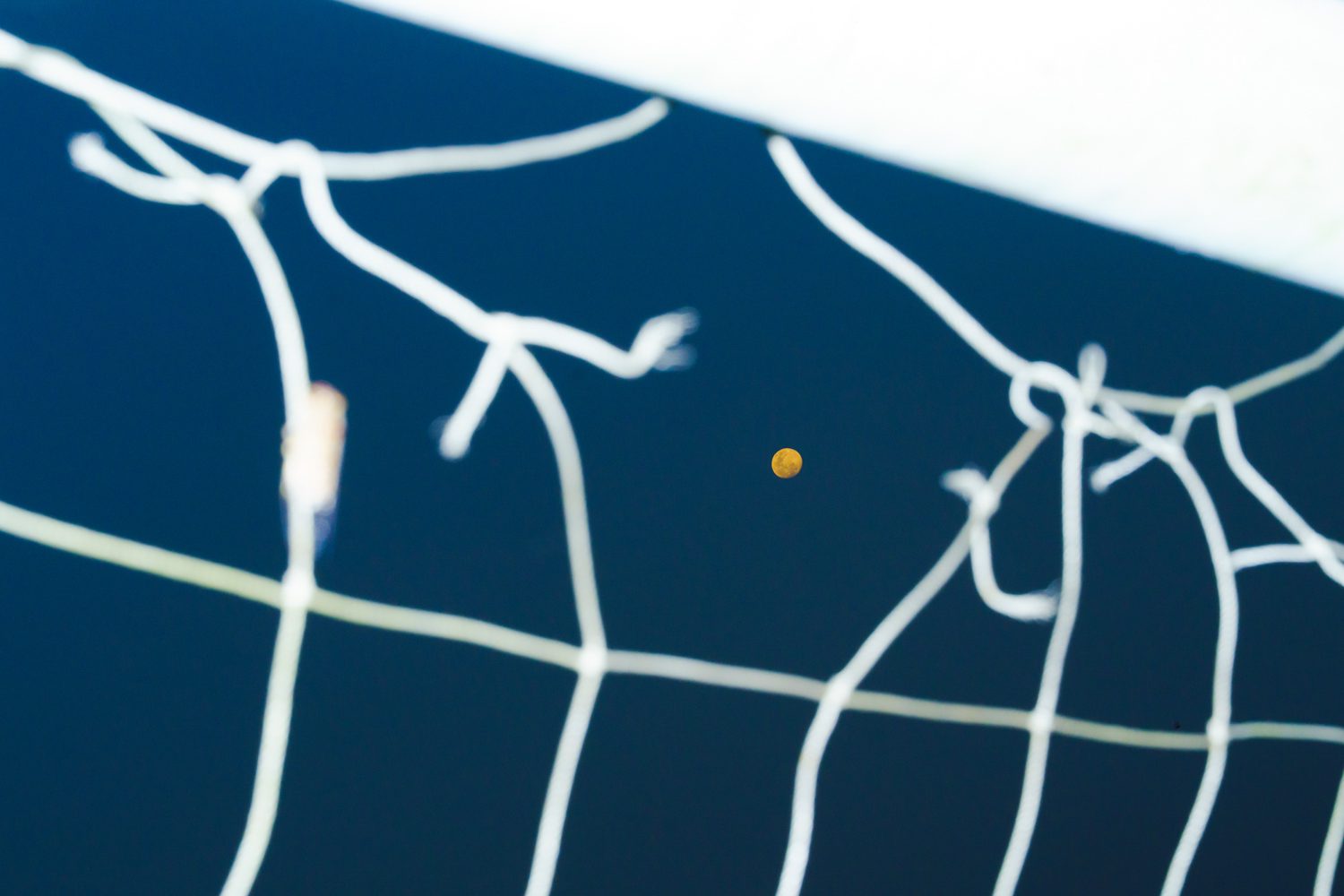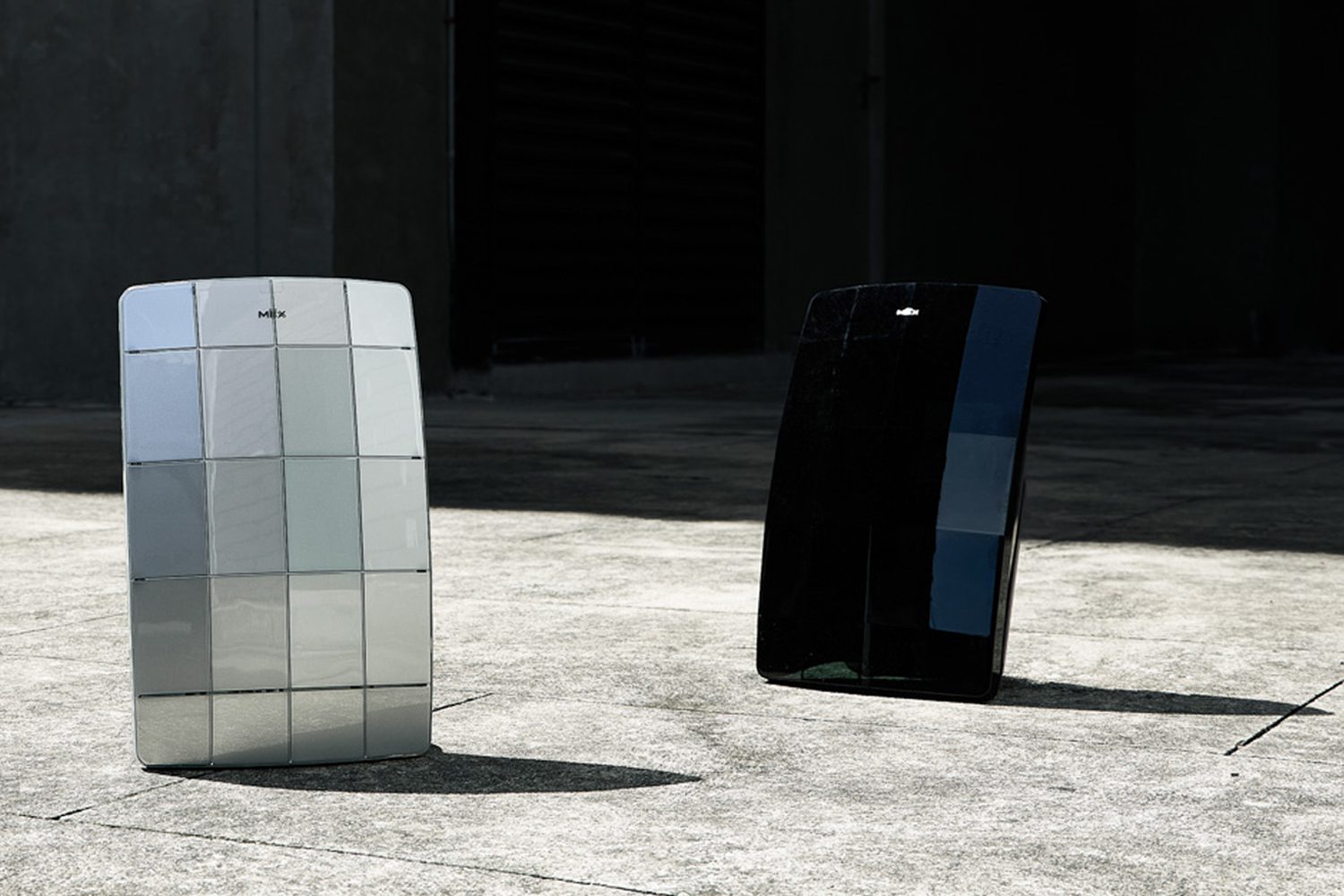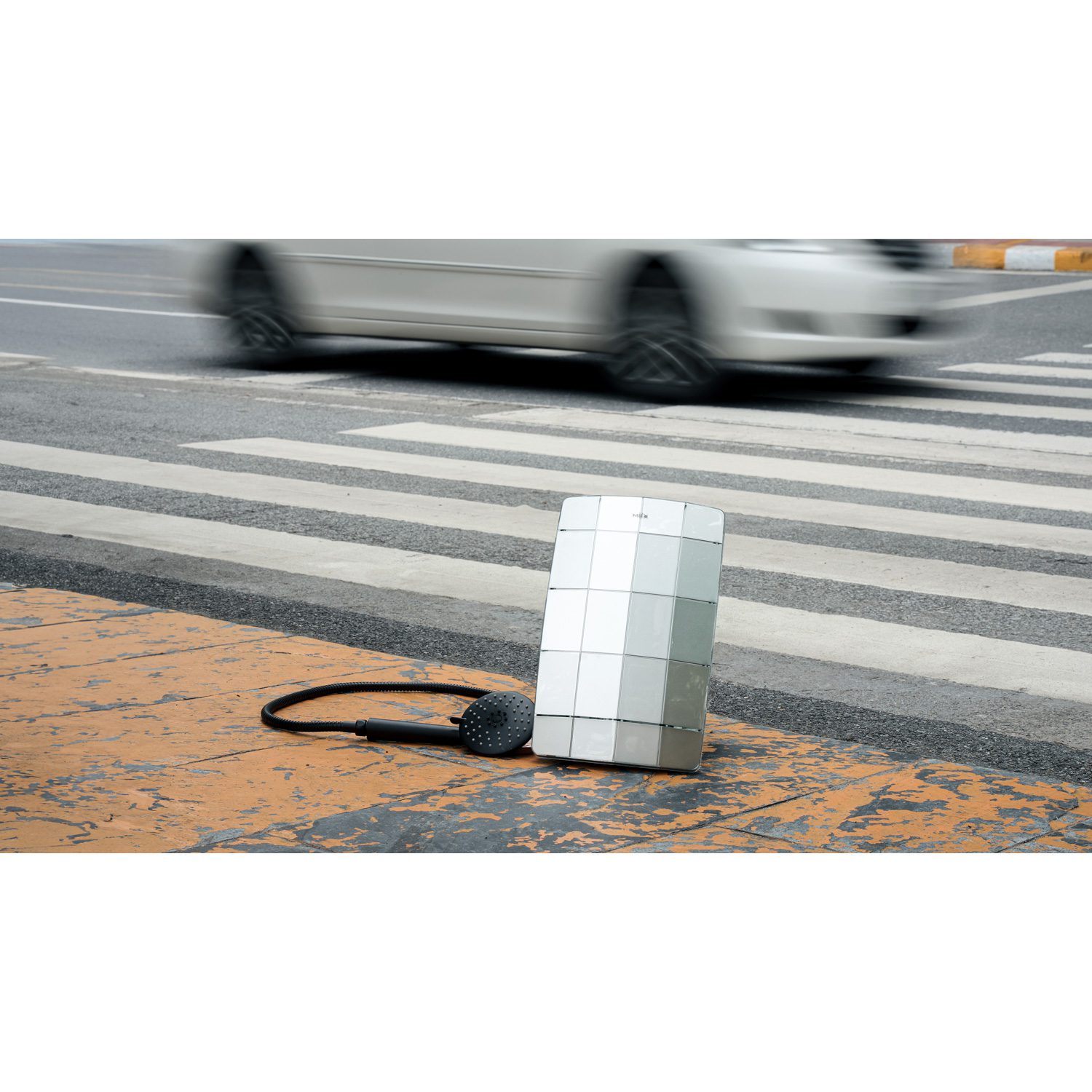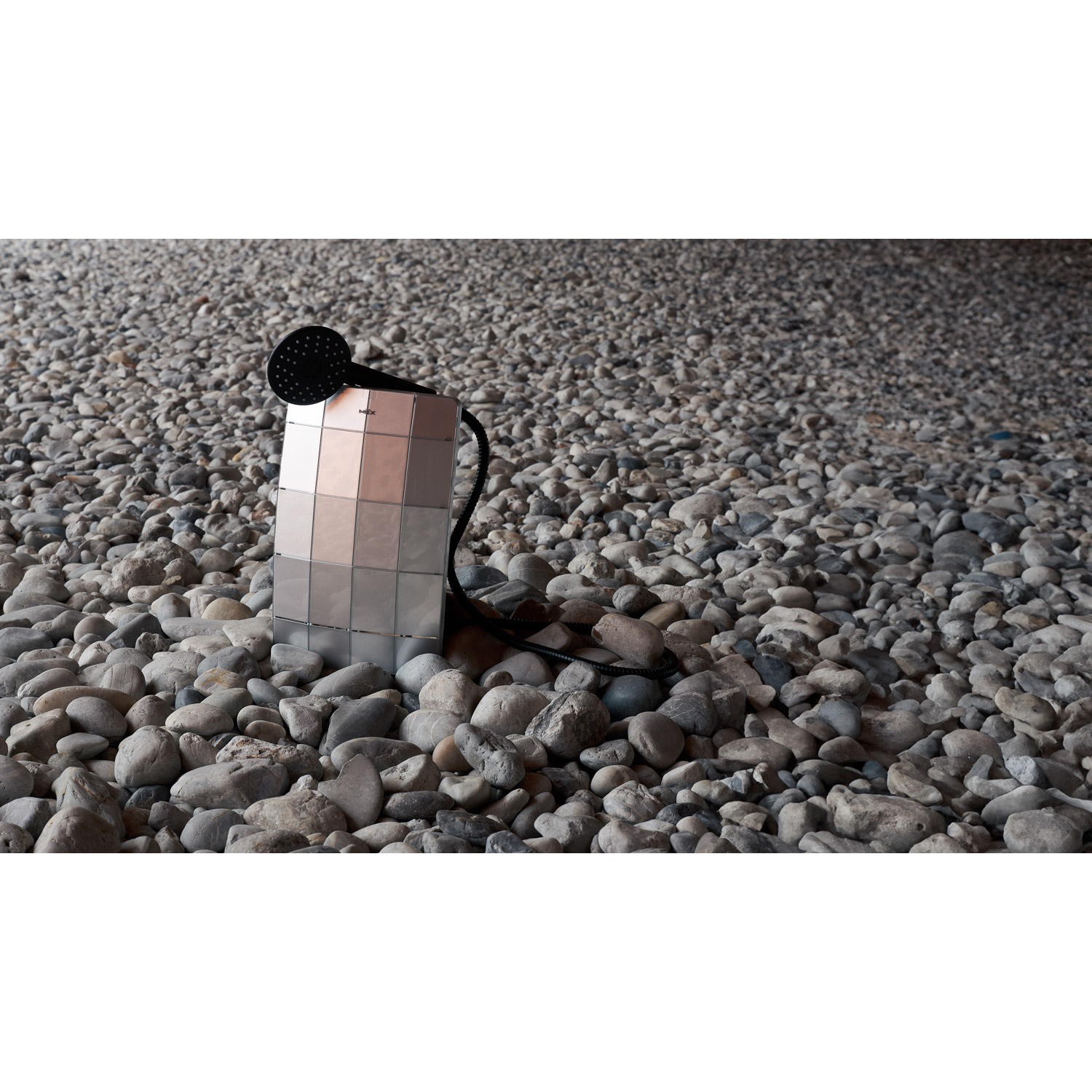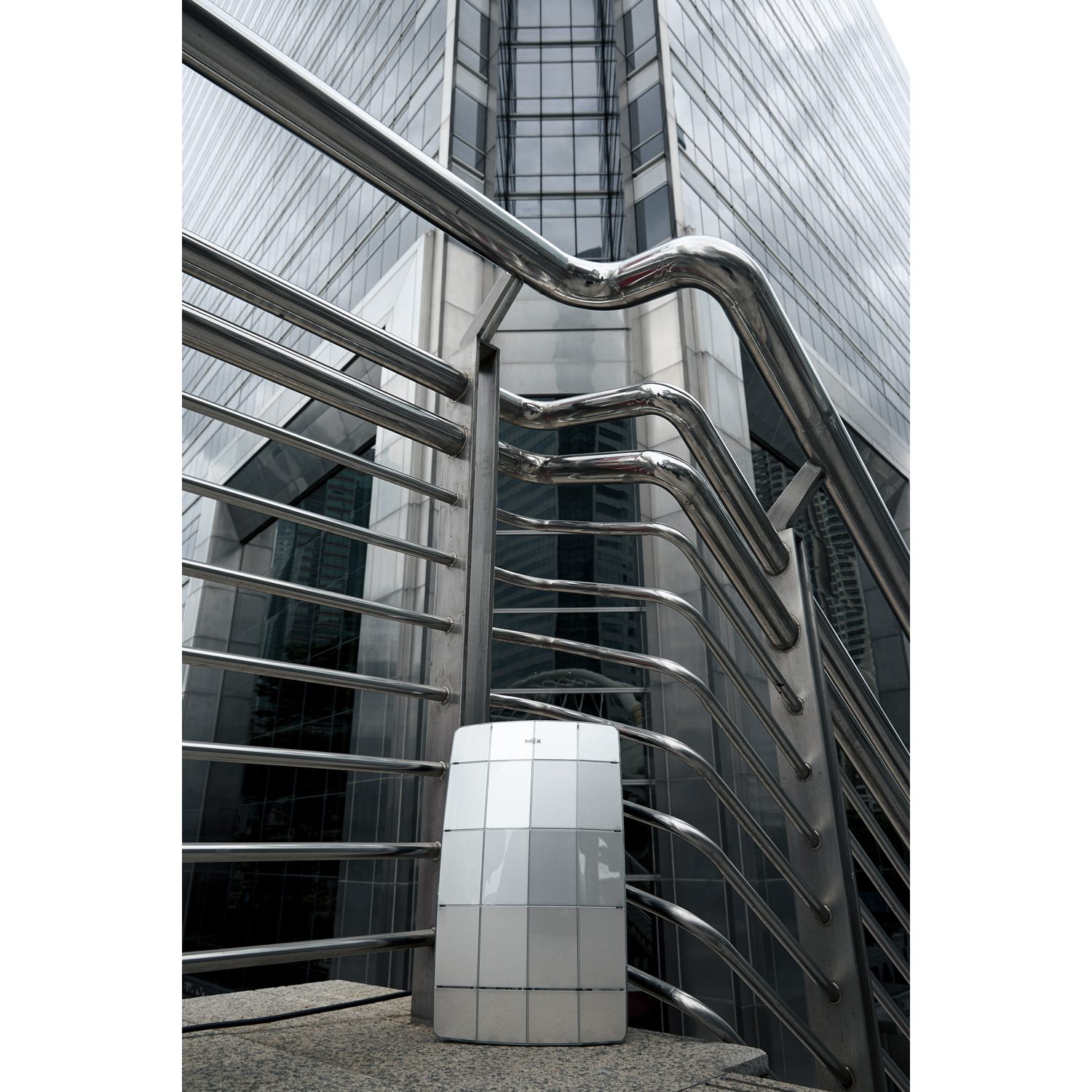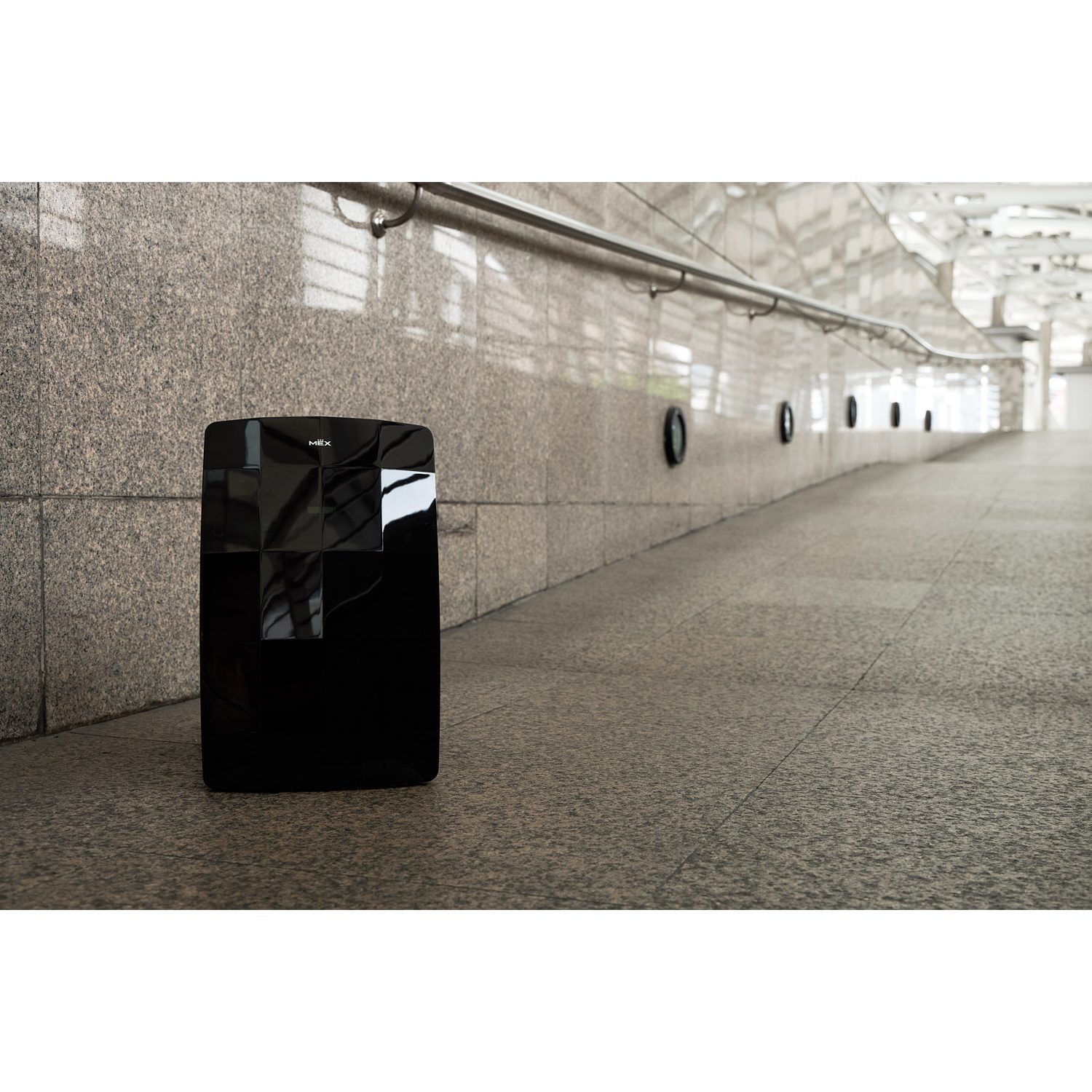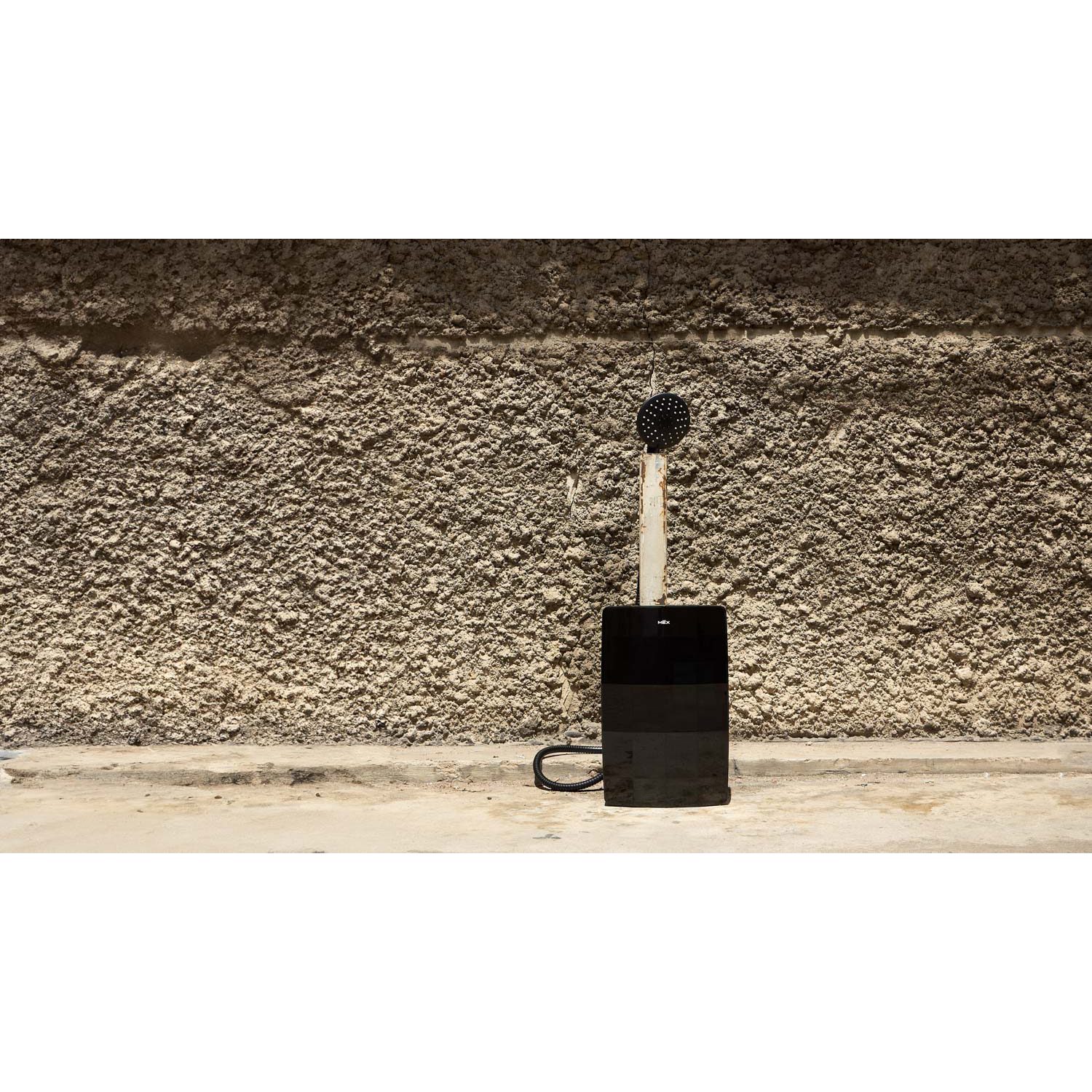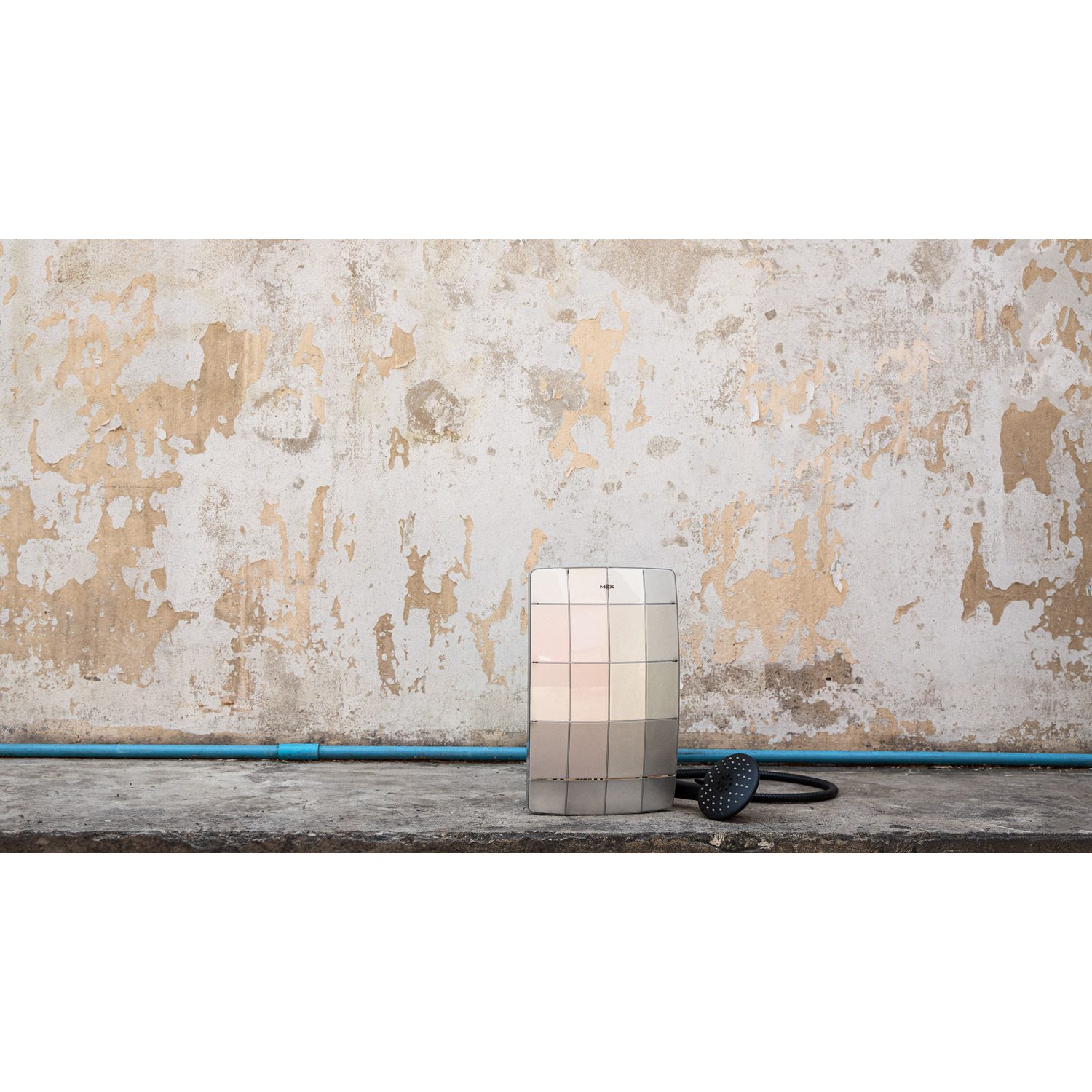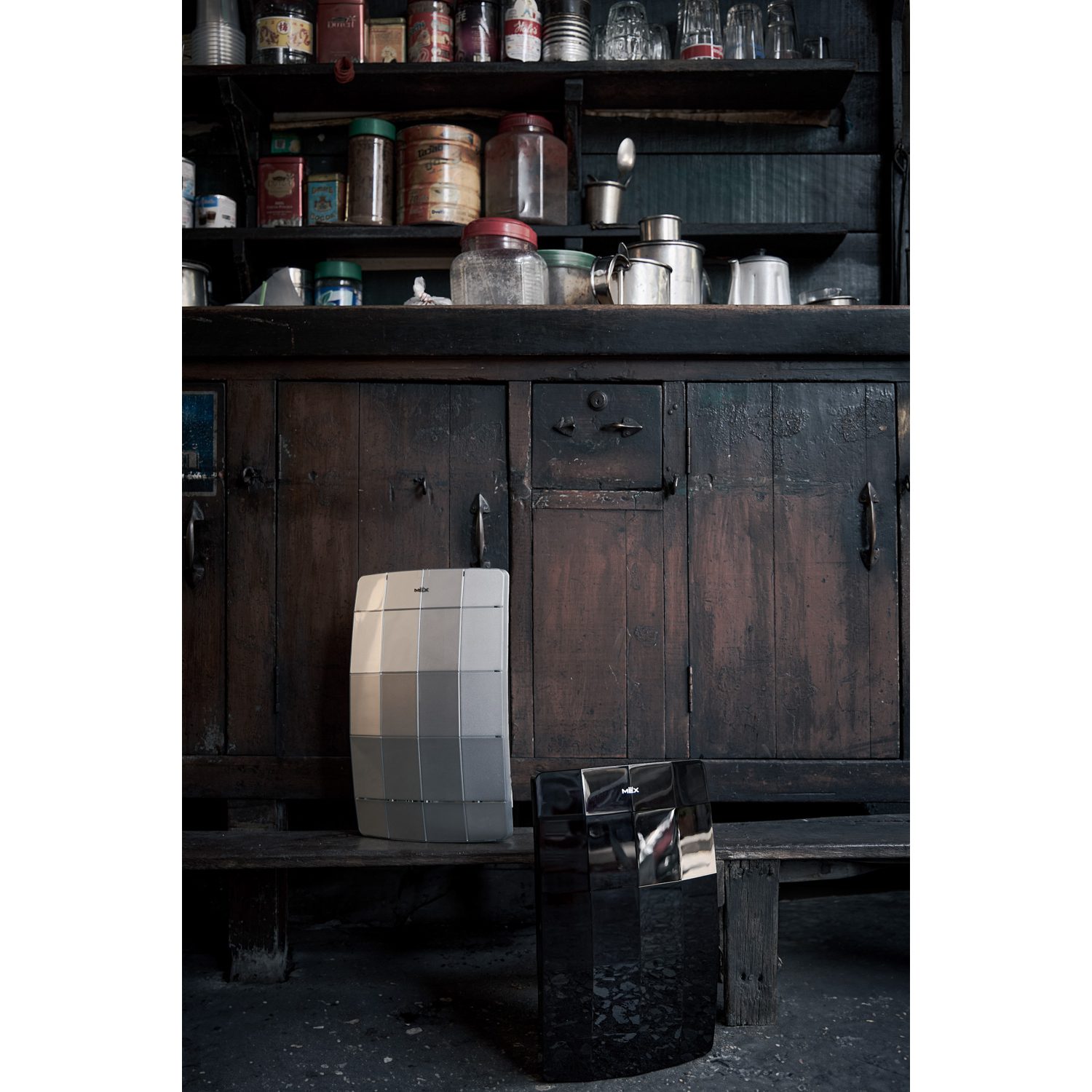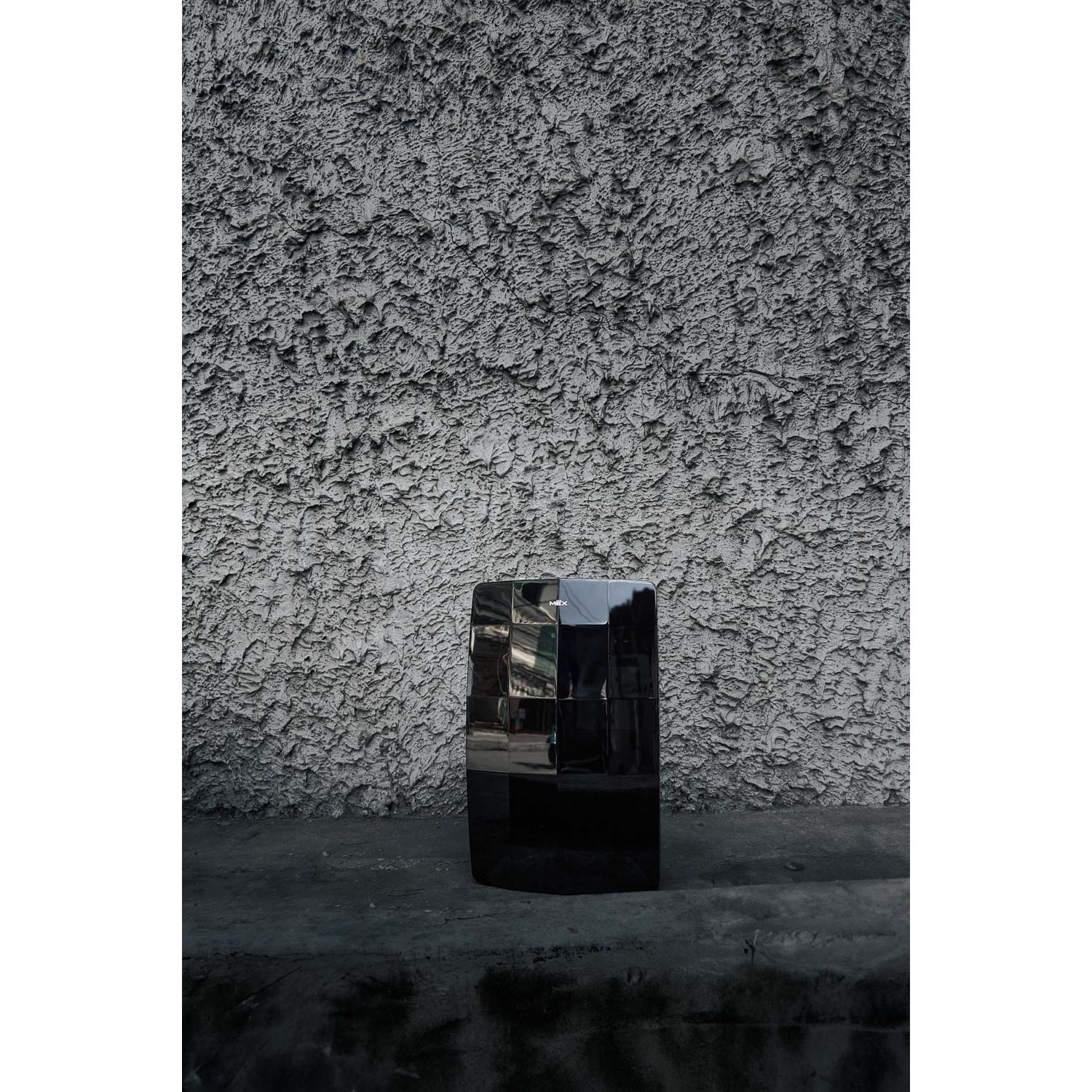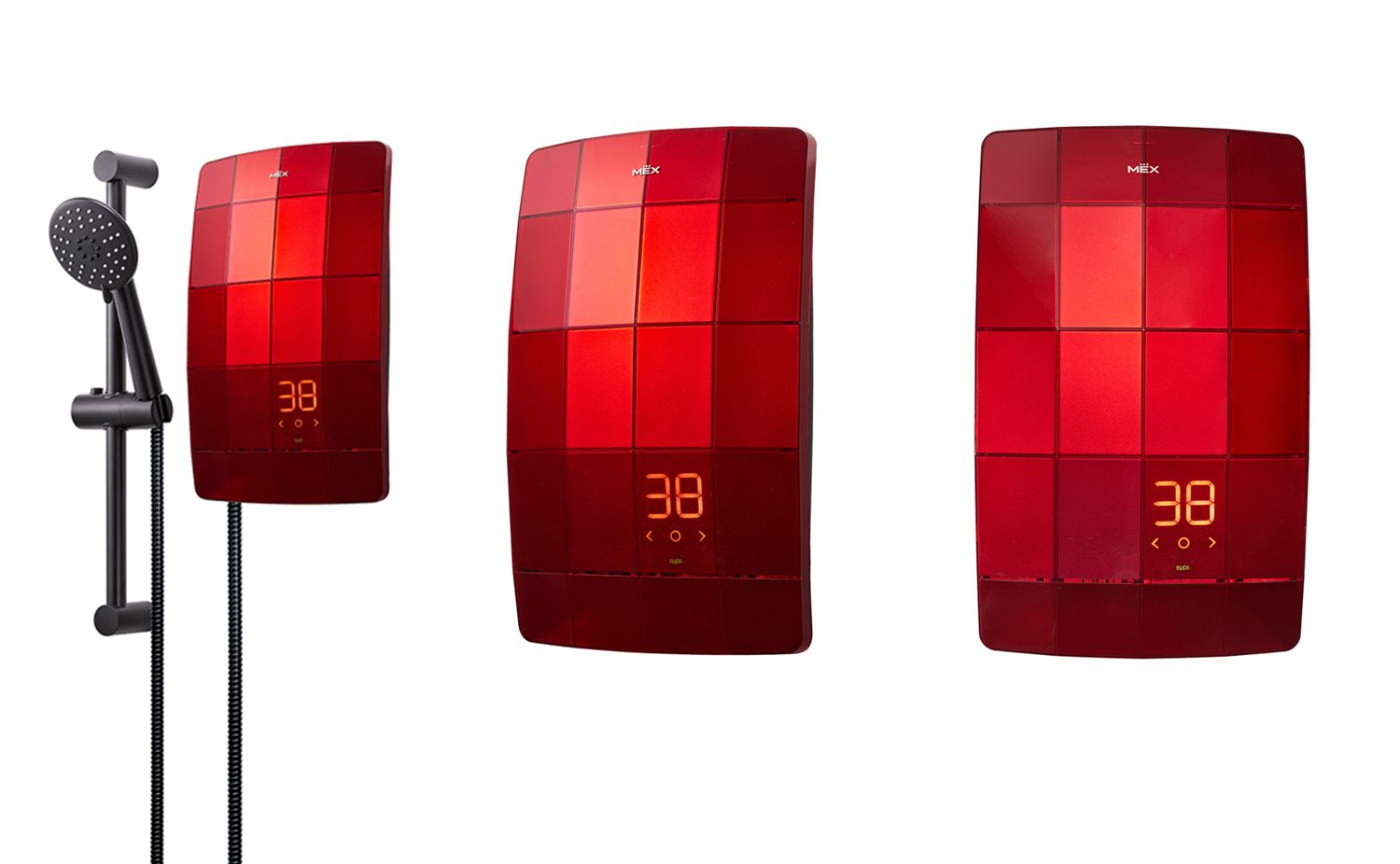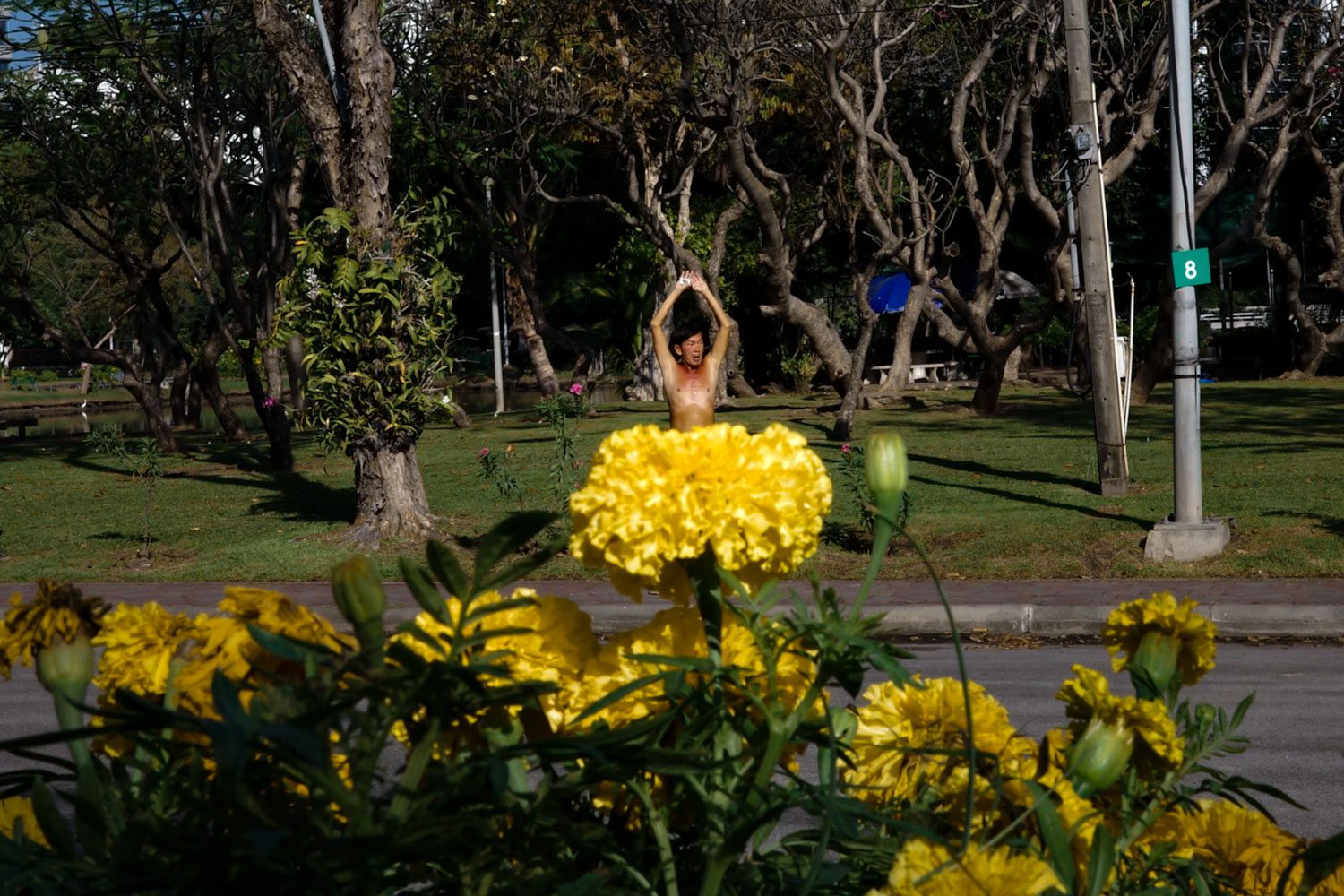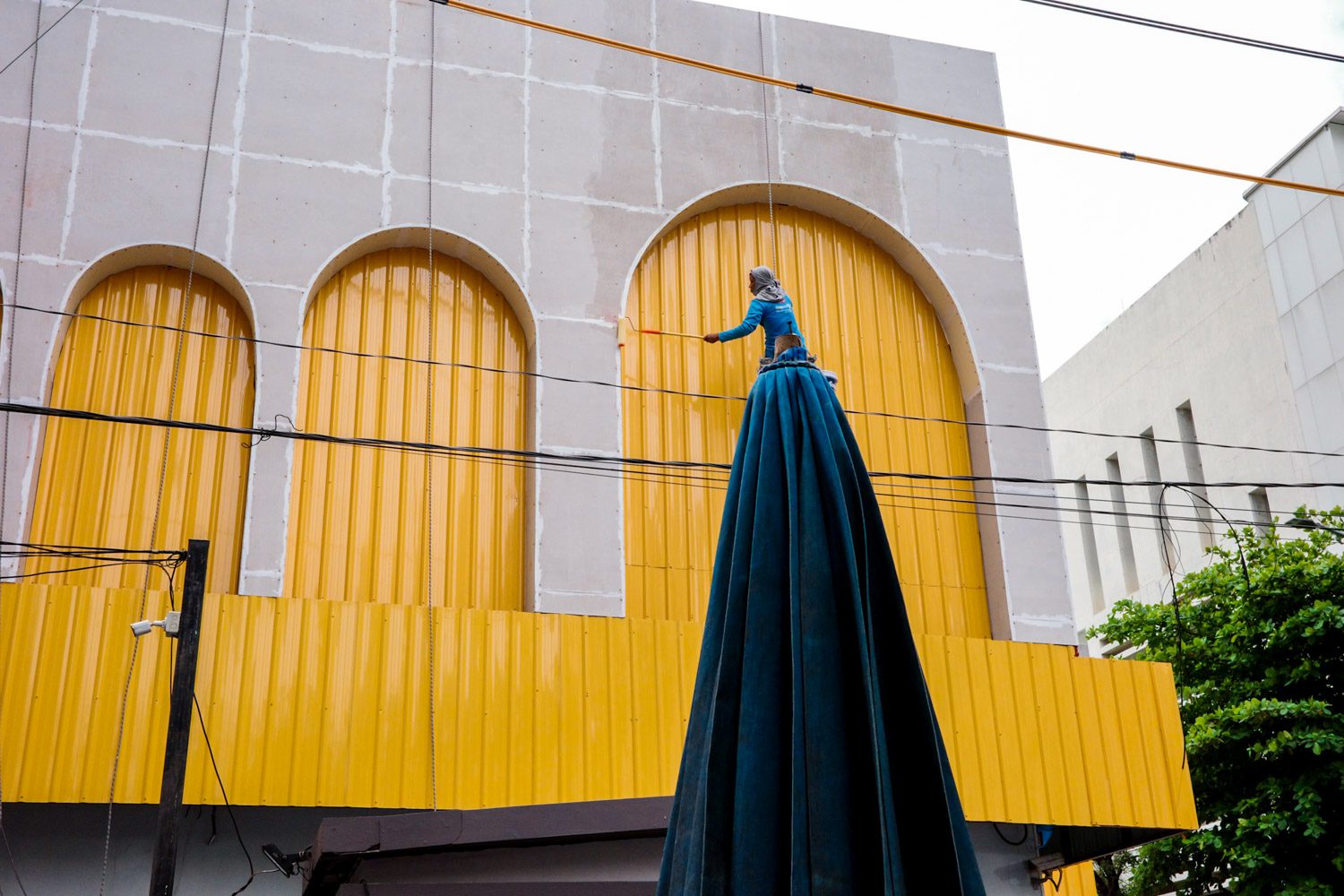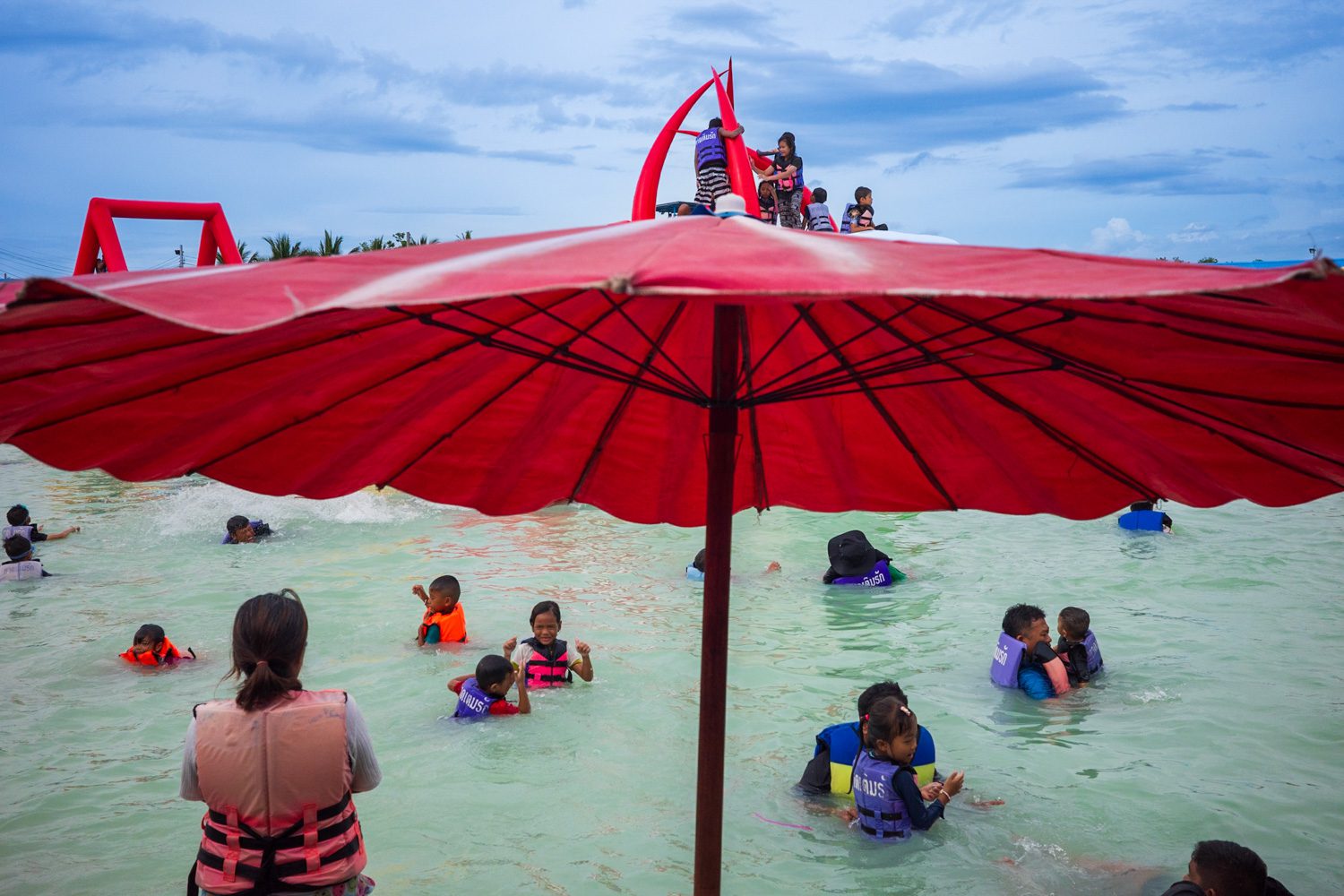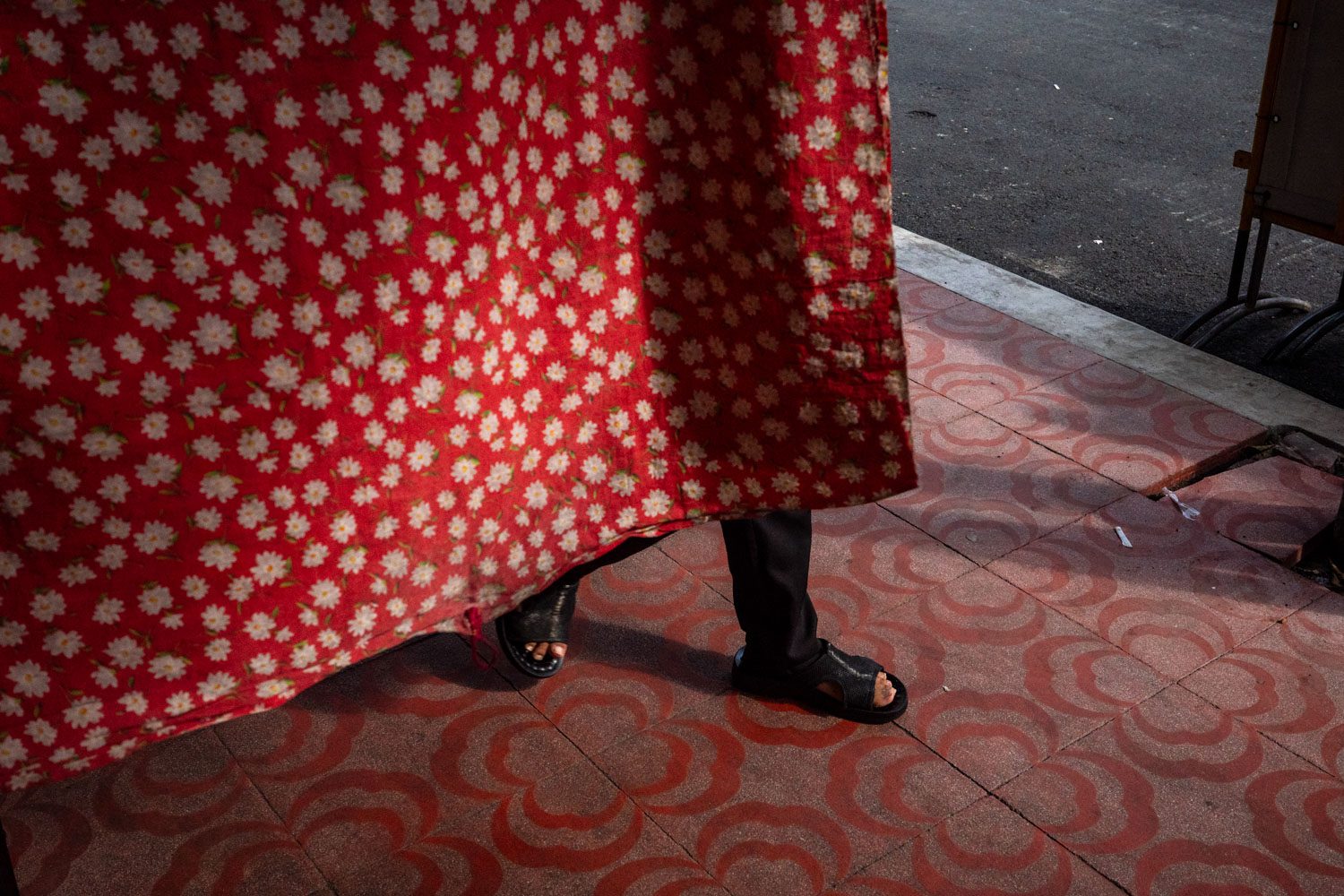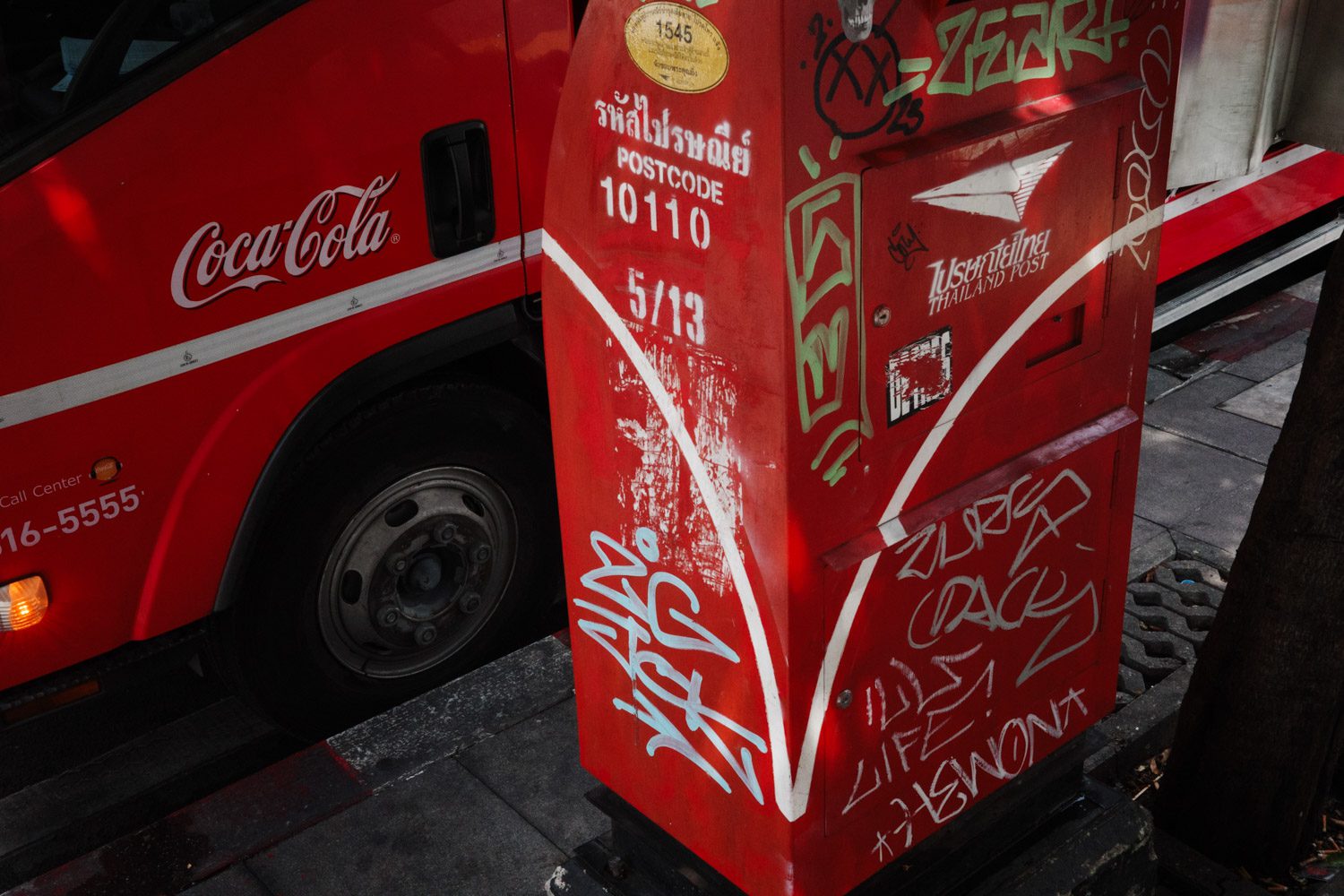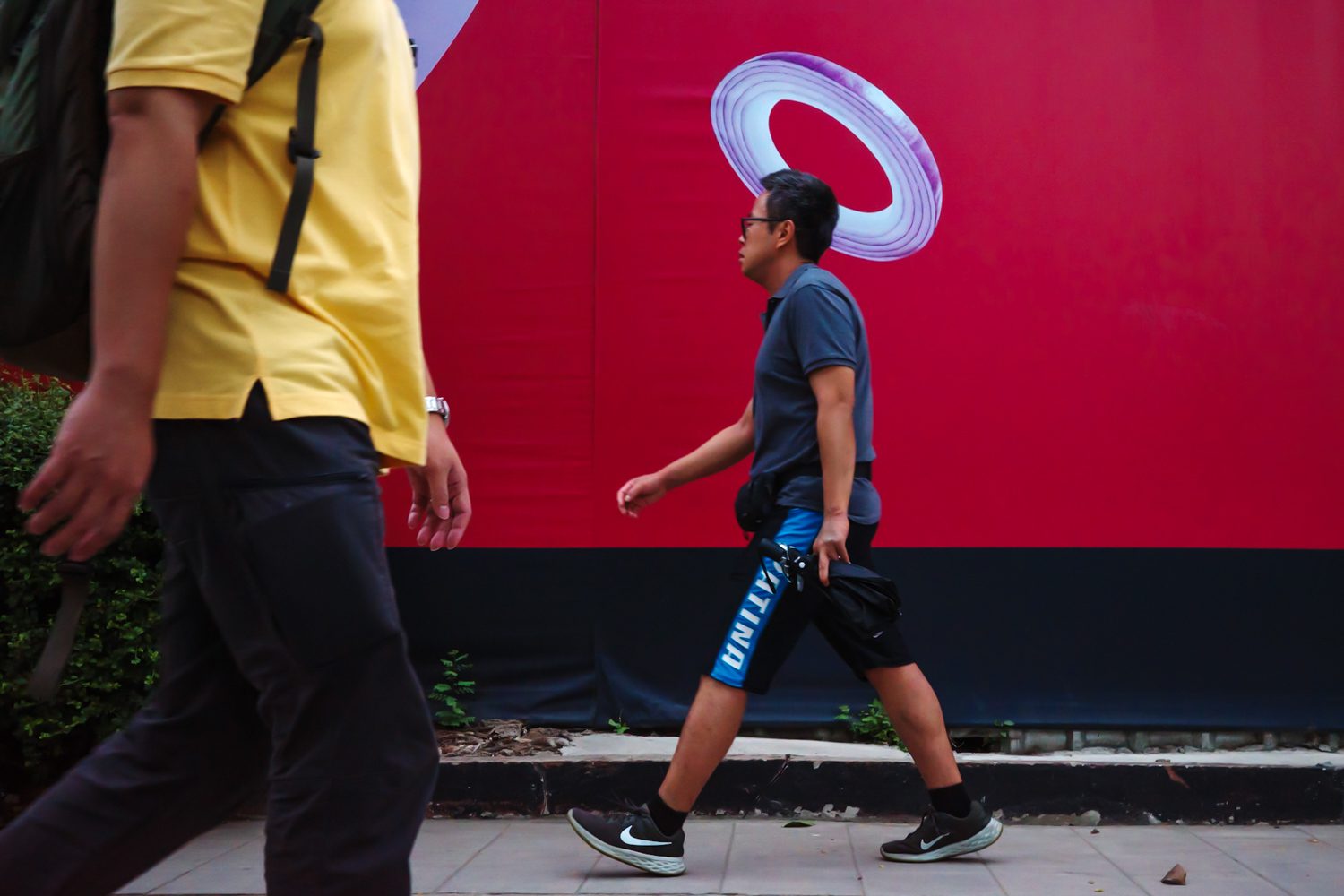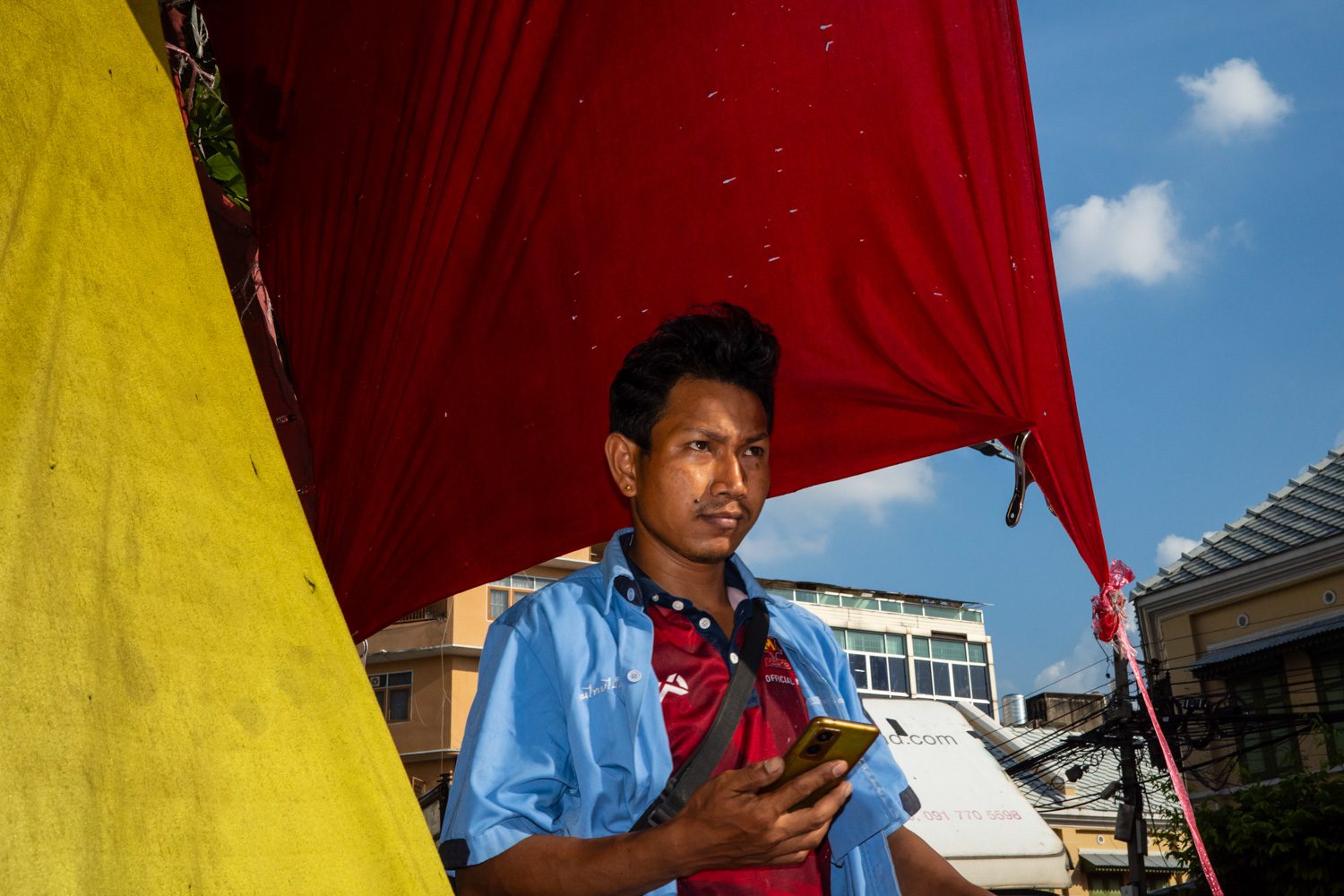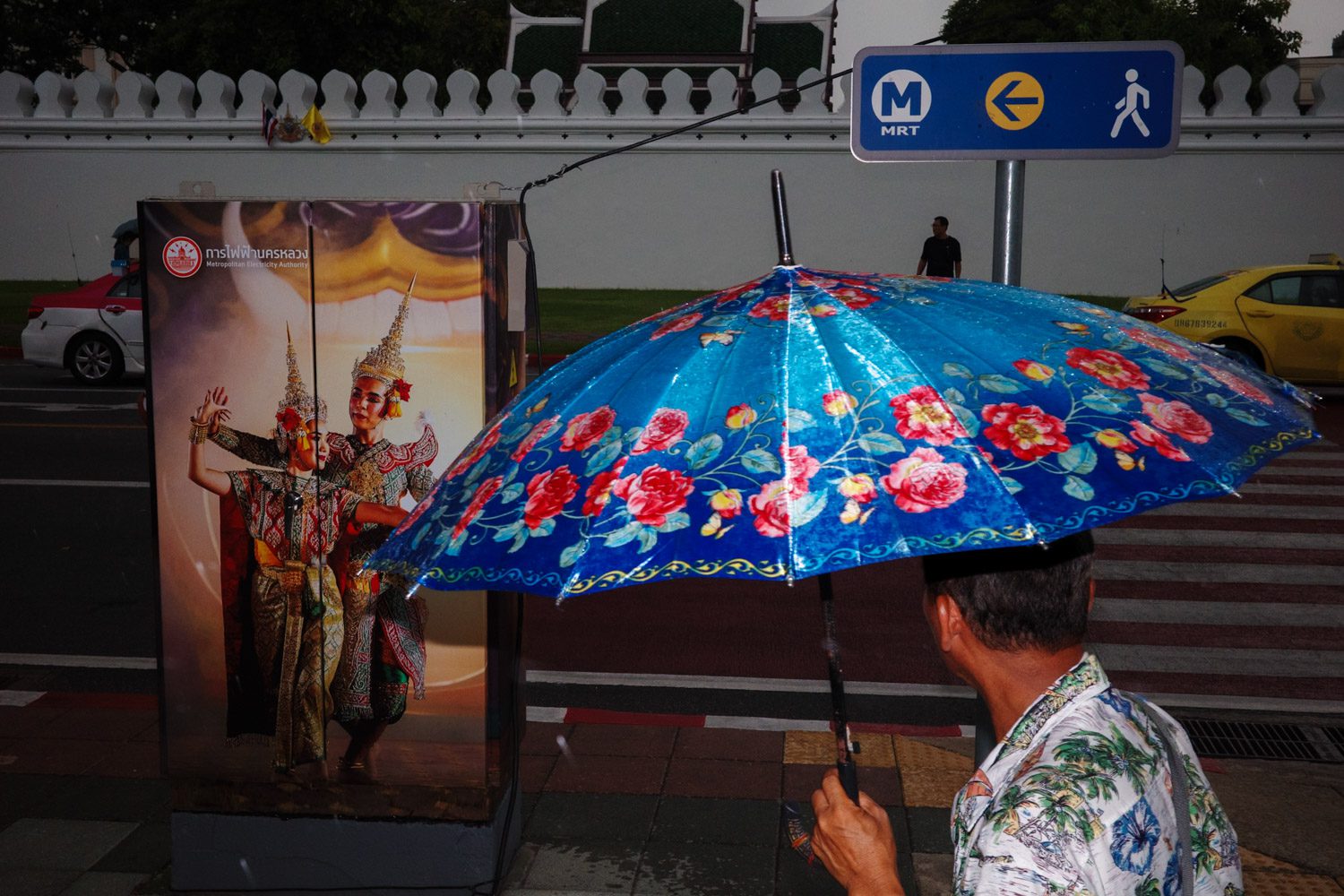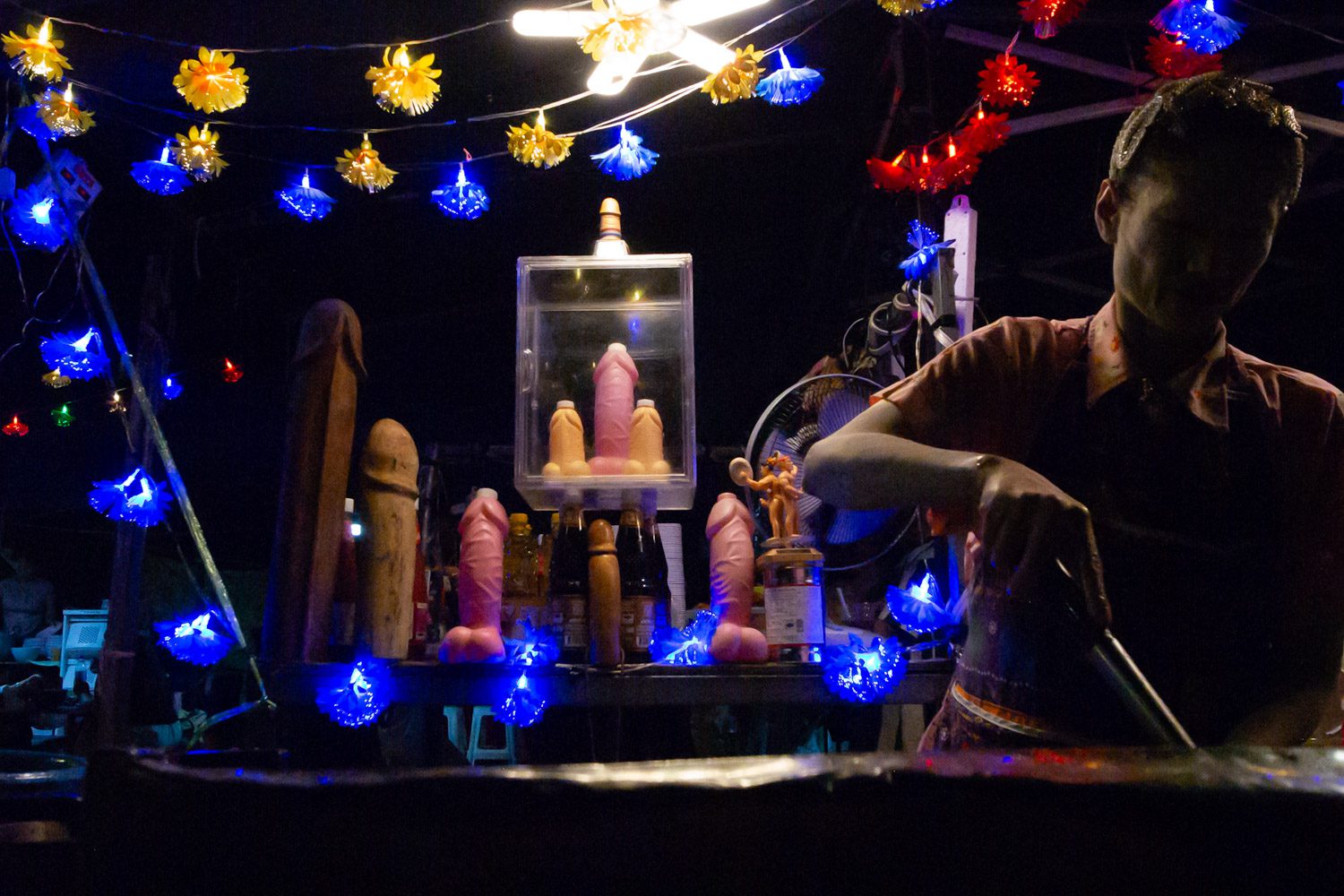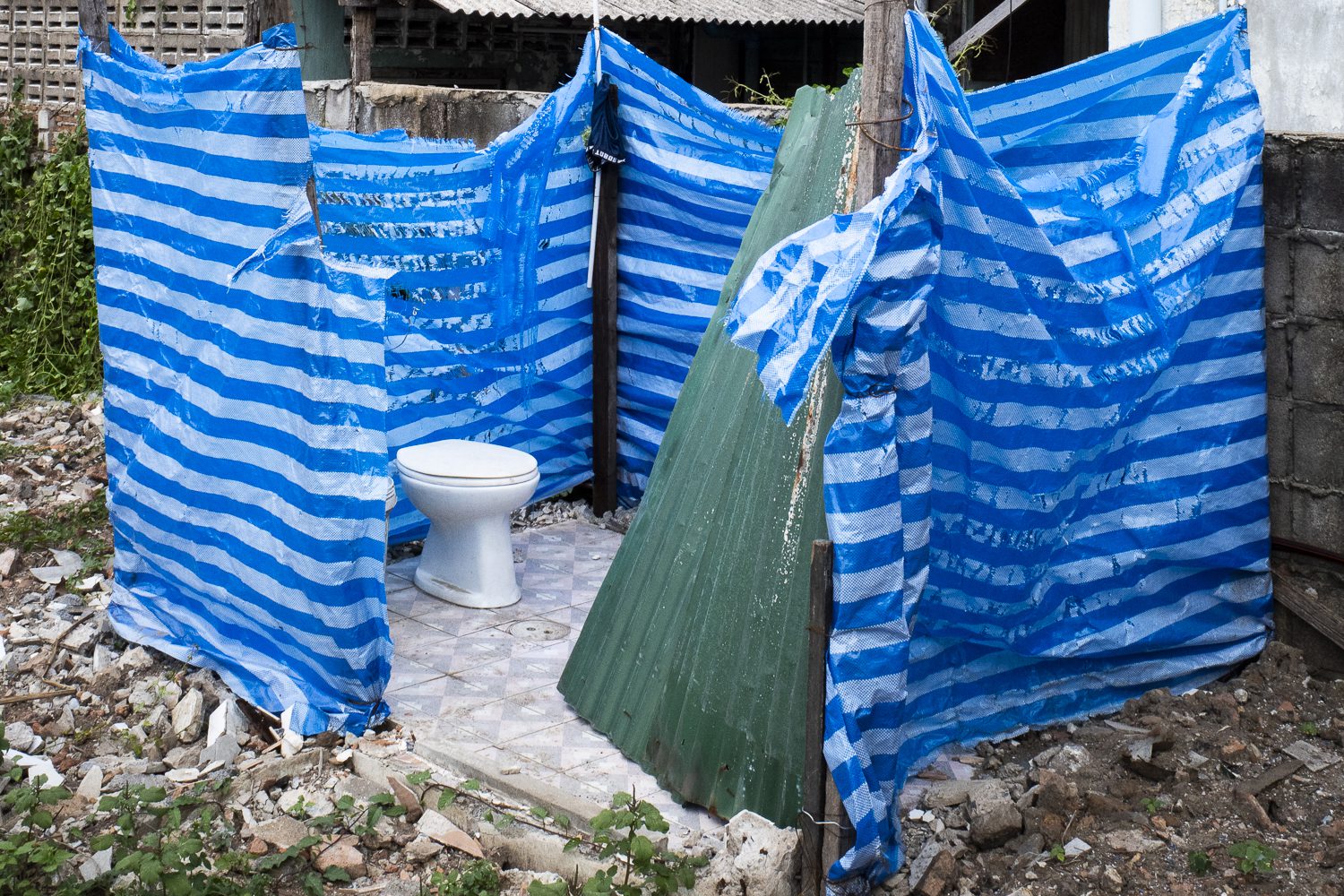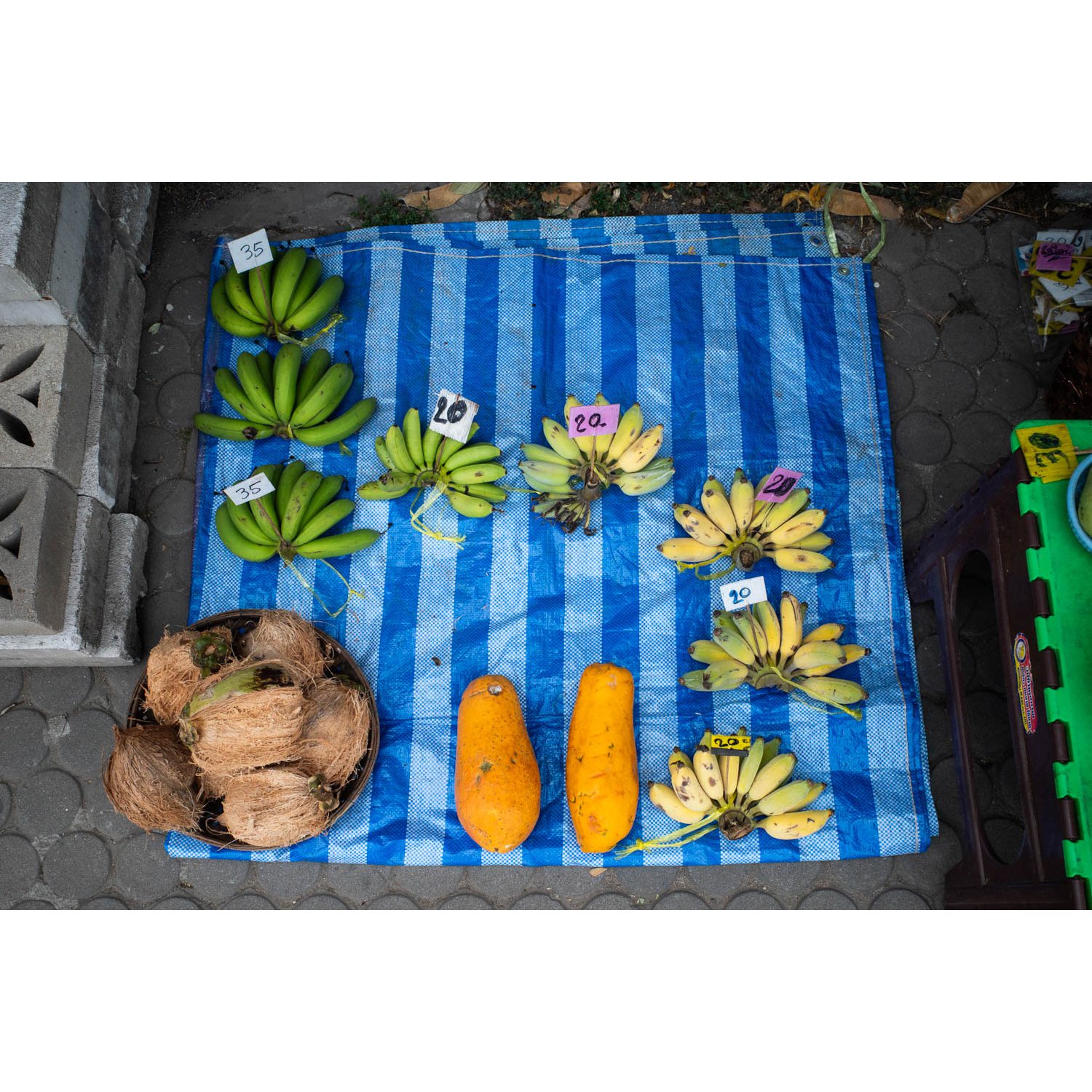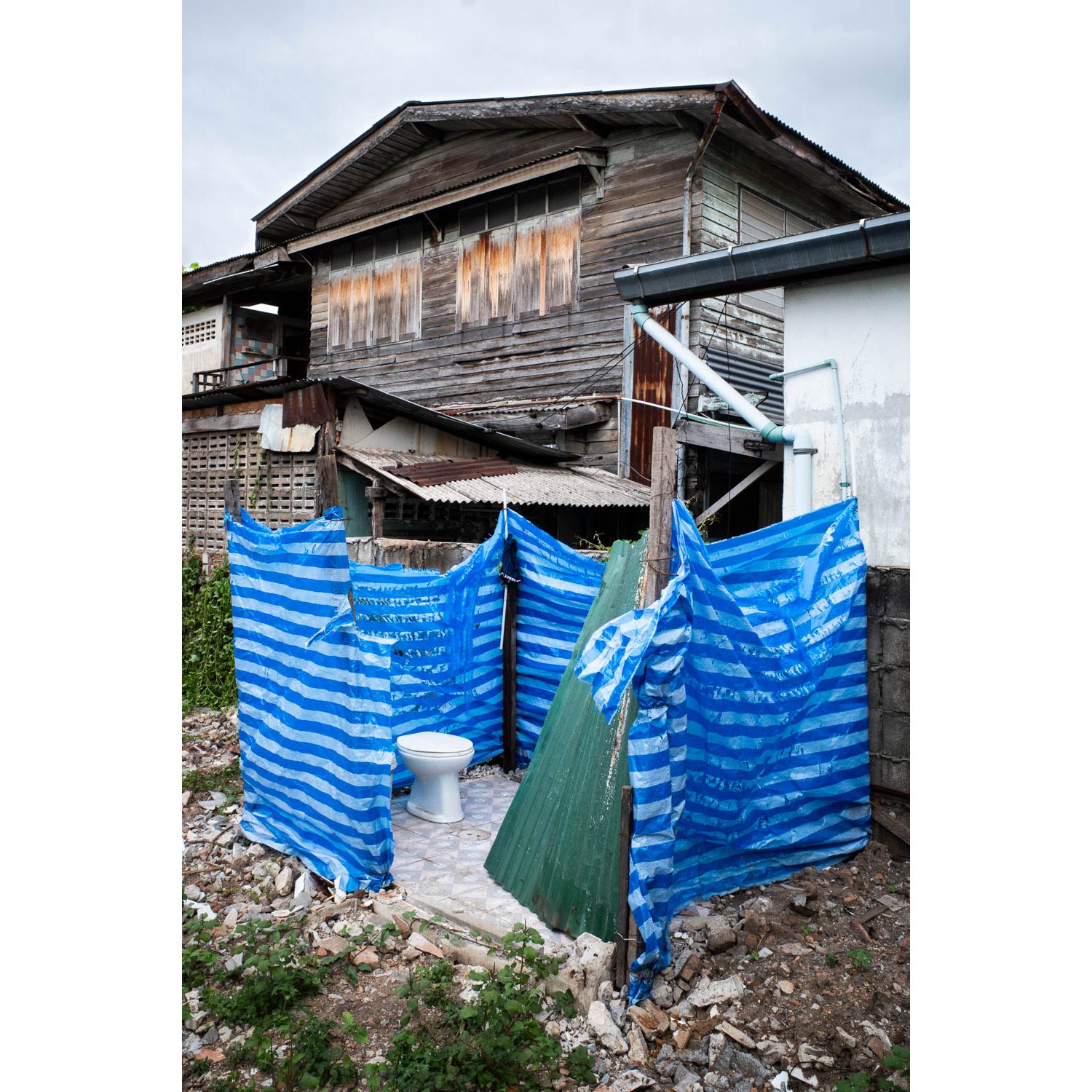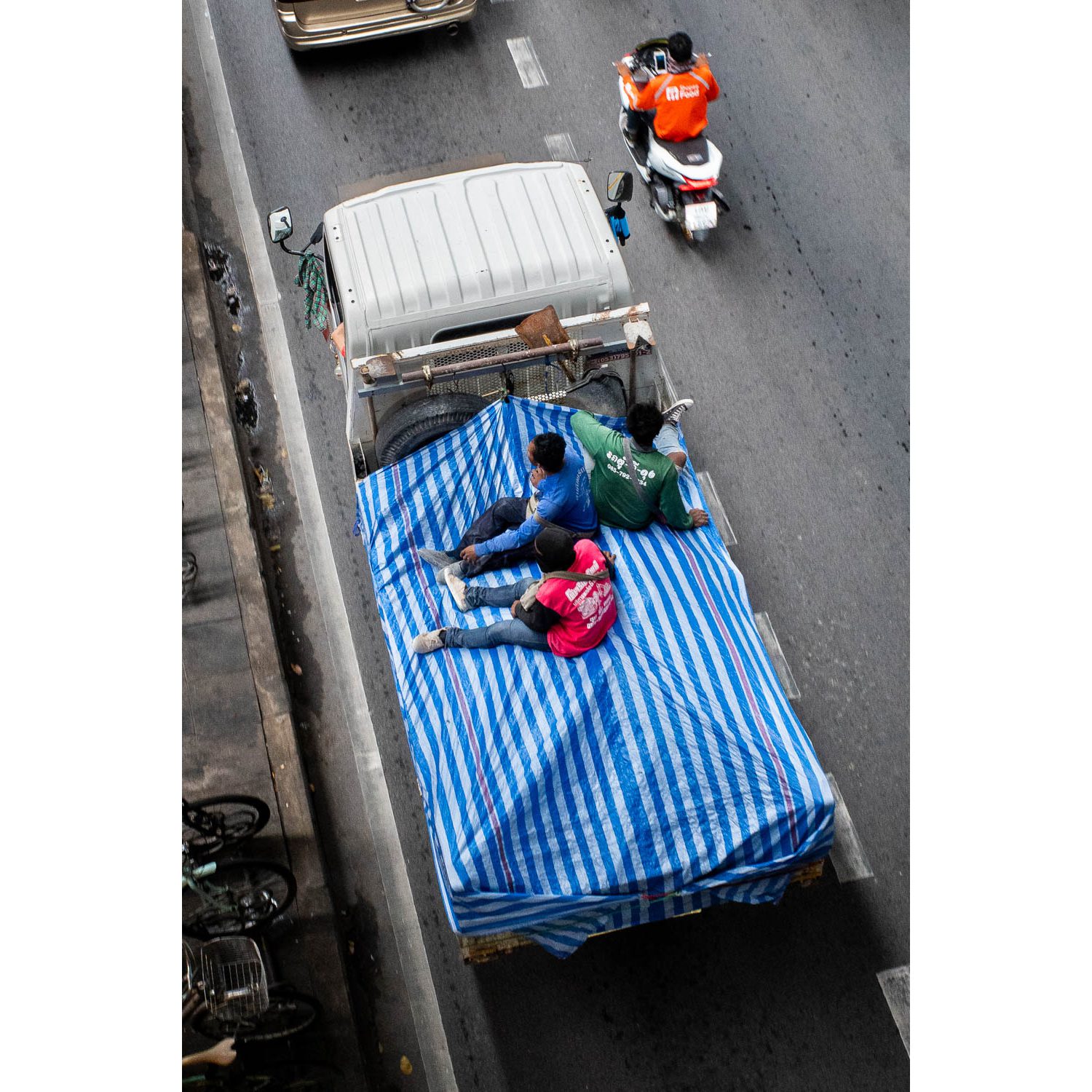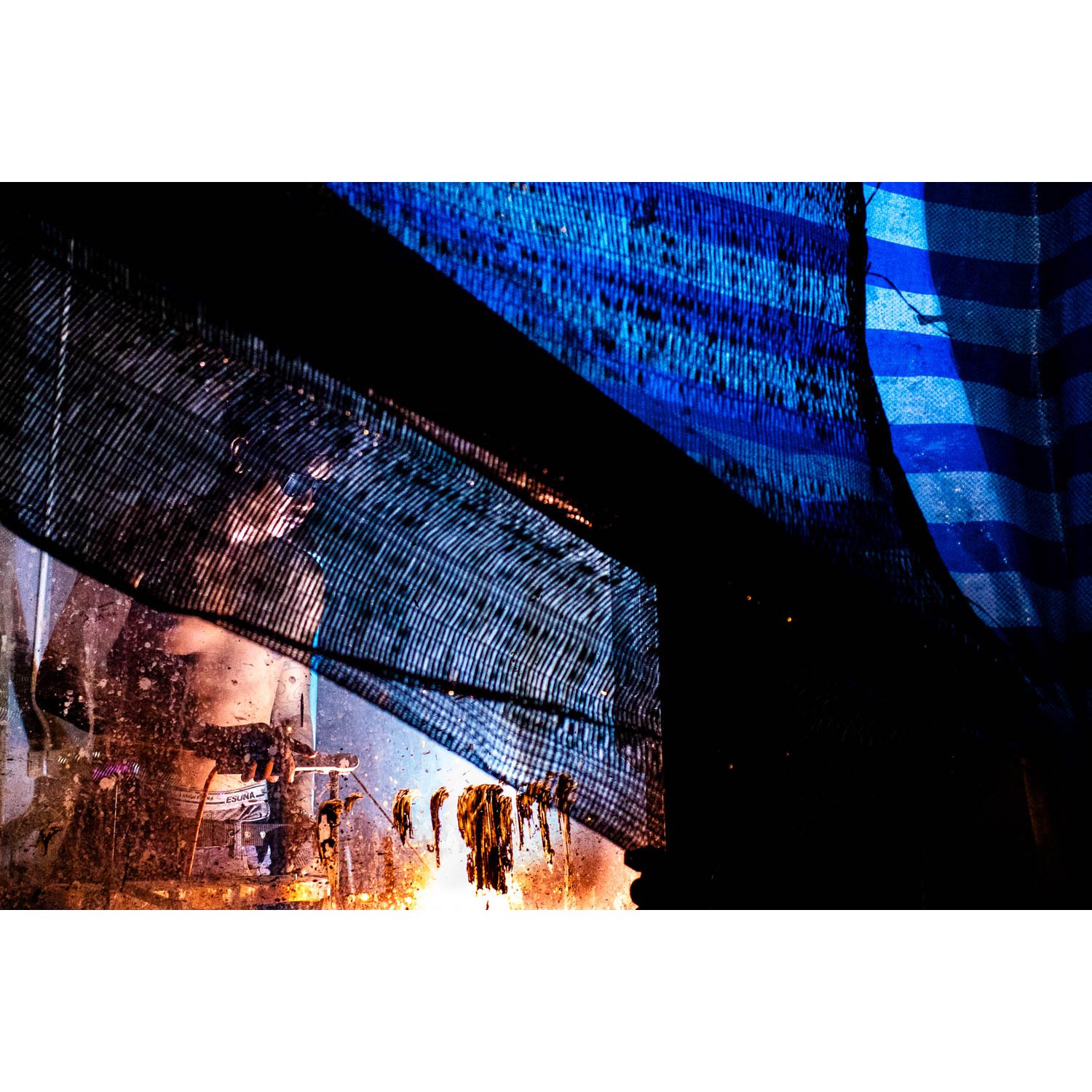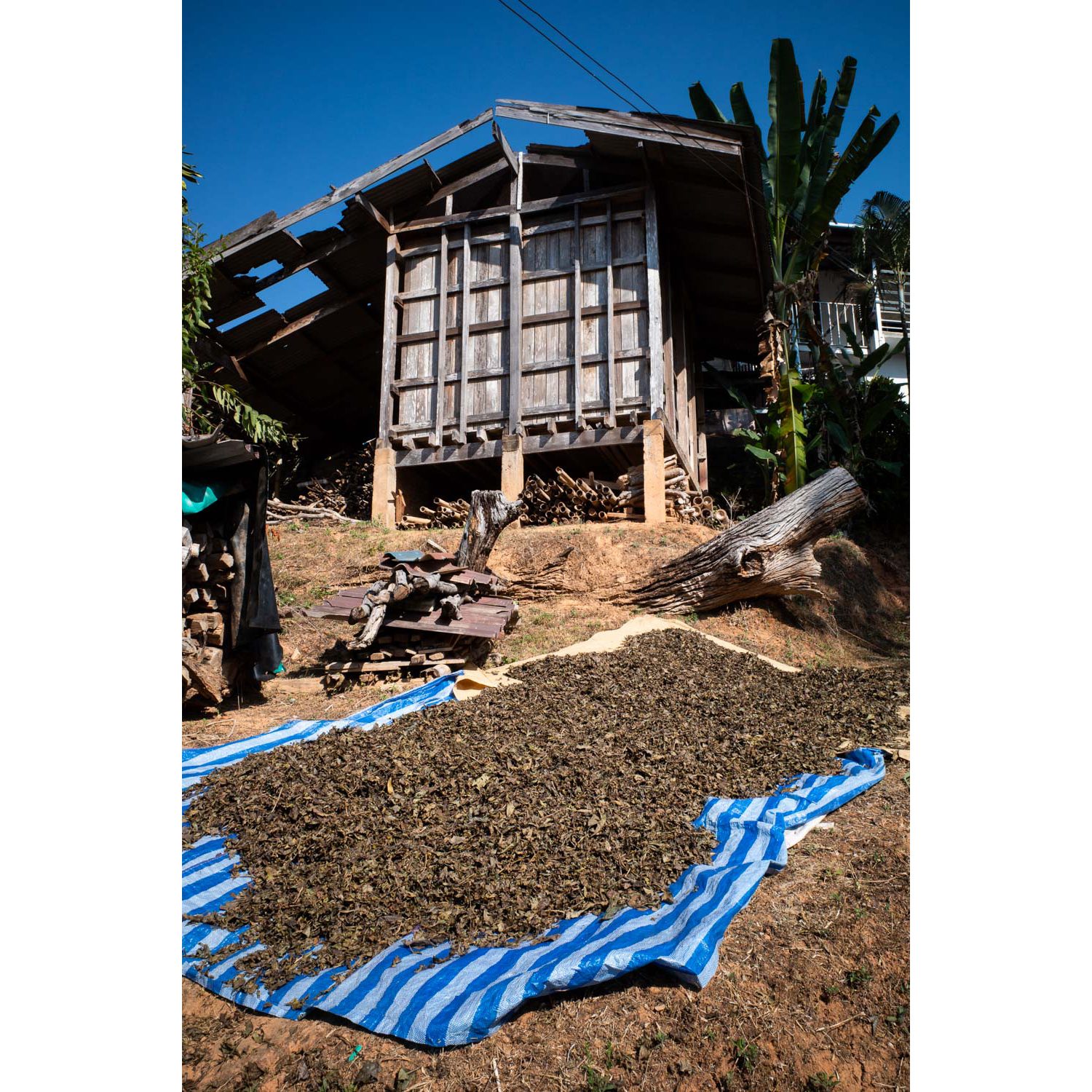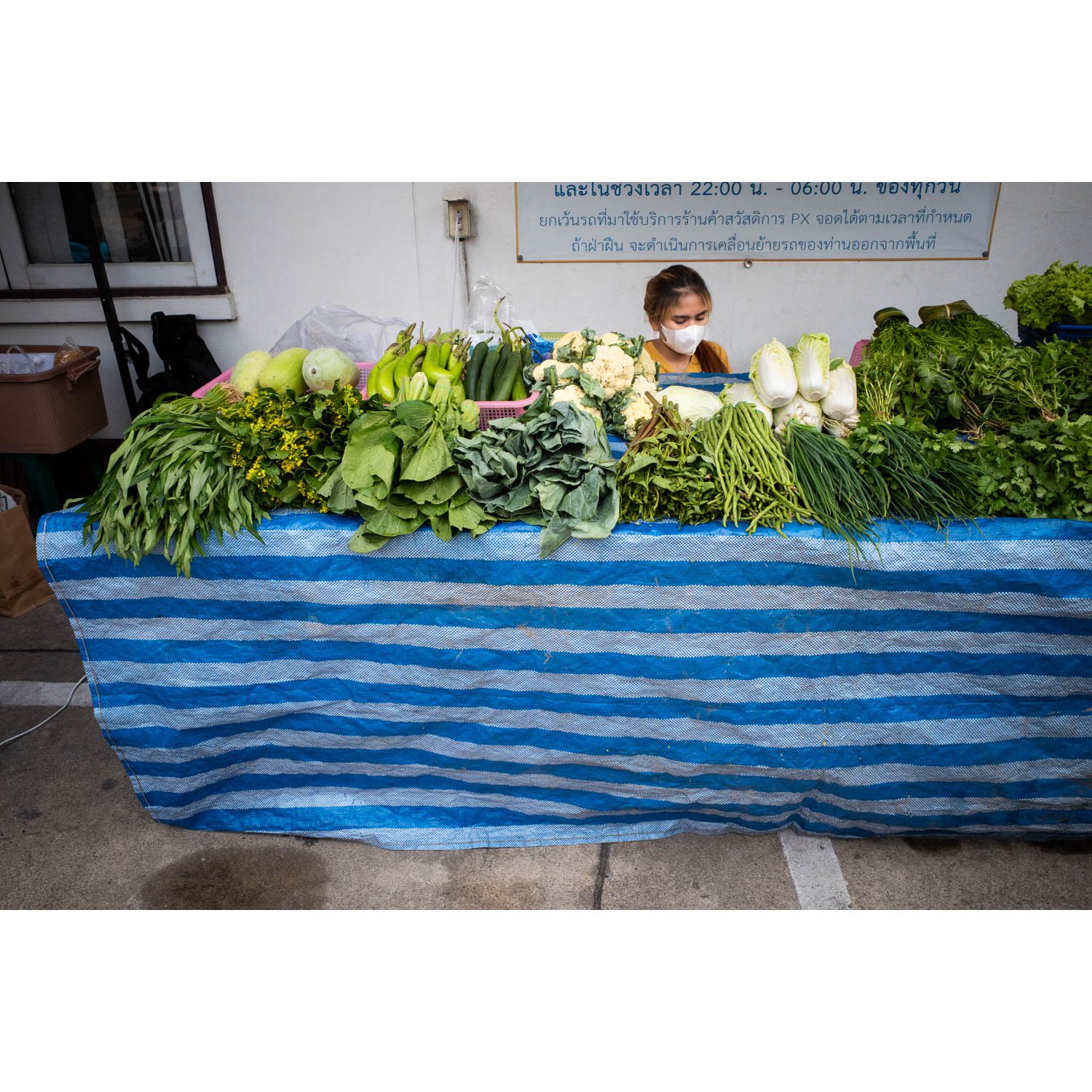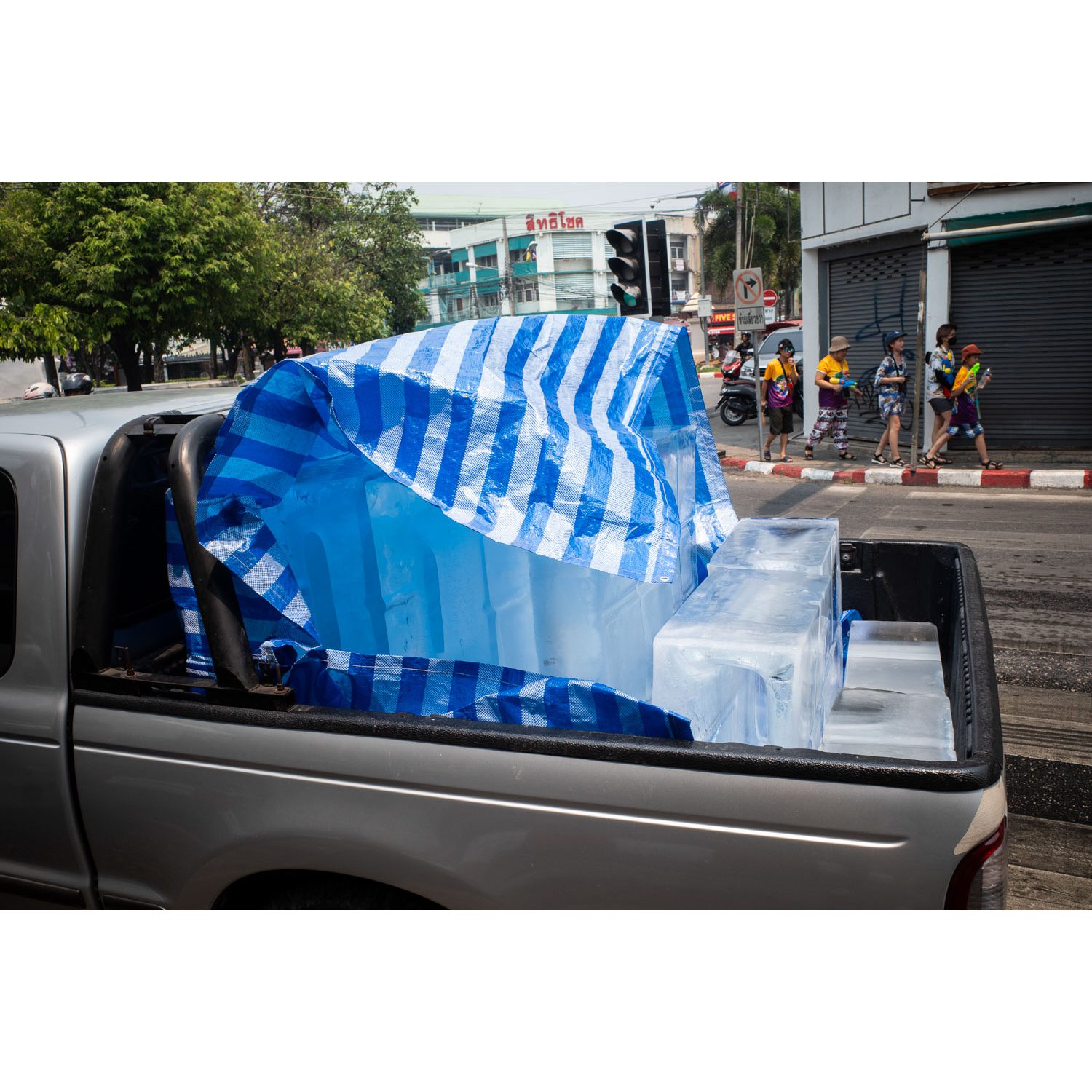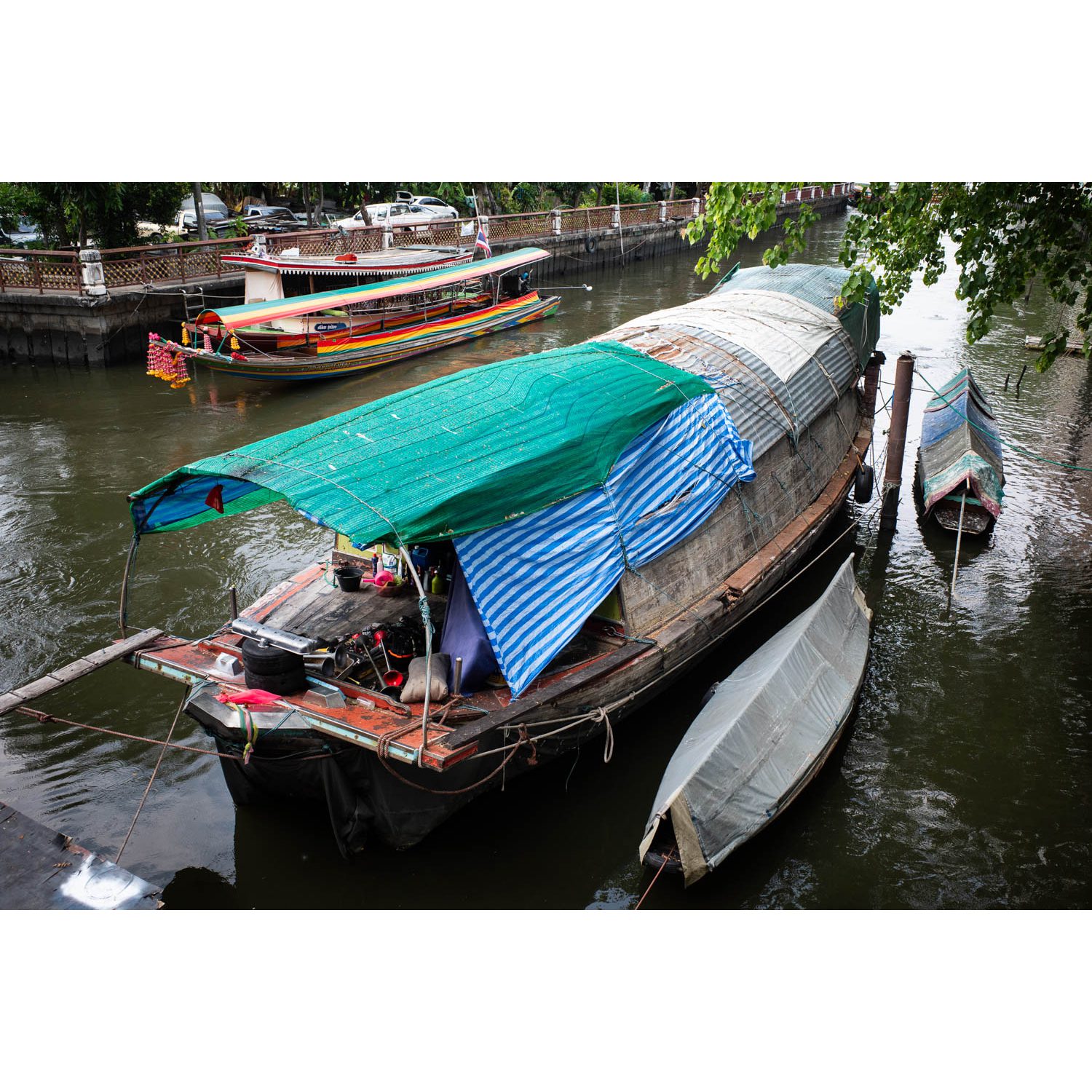TEXT & PHOTO: SIRAWIT KUWAWATTANANONT
(For Thai, press here)
‘Gain in entropy always means loss of information and nothing more.’ – G. N. Lewis 1930
All living beings must adapt to survive. Throughout history, the cycles of nature have continually manifested change. But when the selection pressures come from our fellow humans, how do we adapt?
Everything humans create—whether to fulfill dreams, meet personal needs, satisfy others, or seek profit—inevitably struggles to remain unchanged over time. Change is inherent in all things. The dreams we sketch for the future seldom align perfectly with reality. Consequently, we begin to dismantle the old and construct the new, striving to bring forth an ideal future, even though we know the future remains perpetually unpredictable.
Conversely, many of humanity’s creations face countless forces aiming to bring them down. Yet no matter how deteriorated and decayed they become, we stubbornly protect and preserve the things we attached ourselves to. We do this regardless of how much of the future we sacrifice or how briefly we can hold onto it, simply to retain fragments that represent an ideal version of the past.
Information theory and the second law of thermodynamics teach us that entropy—or disorder—increases over time, making the prediction of future events progressively complex. To shape the future or enhance system efficiency, we must employ ever more powerful algorithms. Paradoxically, when a system becomes highly ordered, it conveys less information, and there are also systems where the more chaotic they are, the more incomprehensible they become. These two seemingly opposing extremes intriguingly lead us to the same point: a reduction in our ability to understand.
Transformation Theory is, therefore, an exploration of two locales—Chiang Mai and Bangkok—caught between the desire to cling to the past and the drive to advance into the future. By reconstructing fragments of photographs anew, this work poses the question: Does human development truly lead us to the ideals we envision?
___________________
Sirawit Kuwawattananont is a physics tutor who embarked on his journey eight years ago by photographing clouds and stars to educate his students. His passion for photography has since led him to curate exhibitions that convey stories lingering in his mind—encompassing photographic techniques, science, love, and the intricate relationships between society, humanity, and nature.
sirawitkittikorn.com
instagram.com/titi.kittikorn




















































































